Suwon Festival, randomness, and the Seoul Fireworks Festival
Though I had been to Suwon the year before, it was only a thirty minute bus ride from right in front of my apartment, so I correctly concluded it was worthwhile to go to the city's festival.
On my walk from the bus stop to the old fortress and palace, I passed the stream that runs through town that was full of fish, and a crane there to keep their numbers in check.
On my walk from the bus stop to the old fortress and palace, I passed the stream that runs through town that was full of fish, and a crane there to keep their numbers in check.
I also saw a large modern temple, with a replica of Tabotap Pagoda on it's roof. I had seen the original at Bulguksa temple.
The transition to the historic part of the city began with the large bell, ornately decorated and held in place by a dragon.
The palace courtyard was shaded by a 350 year old Zelkova tree, that was supposed to represent the prime minister, who was supposed to meet people under the tree to be engaged in correct politics.
The palace was built by order of King Jeongjo in attempt to move the capital of his Joseon dynasty in 1796. The attempted move didn't take.
Tripod! (My Reed education makes it so that even East Asian tripods immediately make me think of The Iliad)
I appreciated the ornate eves of an old wooden building in the palace complex. Of course, the building isn't actually all that old since the original palace was destroyed during the Japanese occupation. The reconstruction was undertaken in the 1970s, using papers published in 1800 detailing the construction of the fortress and palace.
What from a distance looked like tools of siege warfare turned out to be reconstructions of the construction equipment used to build the palace, fortress, and walls.
I witnessed someone in traditional robes and horse-hair hat playing a see-saw like game with a tourist. The game differs from our see-saws in that the participants are standing and acrobatics are encouraged.
Back in the courtyard under the protected tree, dozens of reenactors put on a martial arts demonstration. I was impressed by the variety of weapons and the coordination of the reenactors. The demonstrations show the routine formalized during the brief period of Suwon, taken from a textbook made during that period to train soldiers.
Up hill a ways is a small Buddhist temple. The most notable feature is the gold colored statue of Buddha with a detailed backing.
The view back down over the palace was obstructed by numerous spiderwebs and spiders.
I walked across to the far end of the fortress and saw the archery range, complete with a total lack of safety precautions:
I enjoyed the views along the fortress wall that juxtaposed the historical with the very modern.
I wonder if this sign was analogous to our 'Baby on Board' signs, or -- since it was in English -- if it was mostly to help remind the tourists that this was their bus.
The section of the fortress wall that allows the river to flow through it was my favorite.
The path along the river naturally had random exercise machines because these things are omnipresent across Korea, even on mountain tops.
This enormous church had its own parking garage attached to it:
While I waited for the Royal Procession parade, I wandered through the markets.
Some of the shops were minuscule: merely filling the small corners between real-sized shops at slight angles from each other along the round road.
I returned once more to the courtyard to join the crowd in watching a rope balancing act.
I watched the Royal Procession as it passed the grand South Gate (Paldalmun).
First, there were some truly random performances, from young kids in sparkly puffy outfits doing dance/cheer routines...
...to middle aged women performing synchronized jump rope (being photographed by a man who seemed to think he was a war correspondent).
The parade itself featured many traditional costumes and performances, such as the people who played music while spinning ribbons attached to their hats...
...drummers with puff ball headgear...
...the royal chime and conch shell players...
...the honor guard and cavalry...
...archers...
...what appeared to be gnome musketeers...
... and the foreigner contingent, also in traditional Korean uniforms:
On my way to the subway (Greater Seoul is so big its subway system spans several other cities, including where I taught in Bundang as well as Suwon), I noticed a few other sights, such as the young musicians covering a Muse song.
I may have previously mentioned the Korean habit of breaking down the backs of shoes so that they can easily be slipped on and off. After all, people take off their shoes when entering restaurants, houses, and many other locations. We mocked Real Lindsay for becoming Korean when we saw she had bent the backs of some of her shoes in this fashion. None of this prepared me to see the same idea applied to work boots:
Near the train/subway station were a couple clowns on stilts, advertising for some store or service. This may not seem that unusual, but I assure you that after months of conformity, a clown was a strange sight indeed.
On both ends of my subway ride I saw another rare sight in Korea: hobocore camp sites. One at Suwon's train station:
The other under a stairway down to a stream in Seoul.
I have no idea why this small alley was filled with fire extinguishers:
It did seem to be a day celebrating fire fighters in a nearby park, but I'm certain this was coincidence.
This guy wasn't actually an emergency responder. He had a police-like uniform, but his siren was blaring music and the lights were clearly unofficial.
My camera ran out of charge before the Seoul International Fireworks Festival, so apologies for my lack of documentation (though there are plenty of videos floating around). It was incredible, by far the largest, longest, and most technically impressive fireworks display I've ever seen. I was able to work my way near the stage that displayed the country who had set up each fifteen minute display and was playing the music that accompanied each one. I recognized bits of the soundtrack of Amelie and Cirque du Soleil's Alegria. The fireworks from each country synced up masterfully with their soundtrack, and filled the sky. Highlights included the piece that turned the nearby bridge into a waterfall of flame.
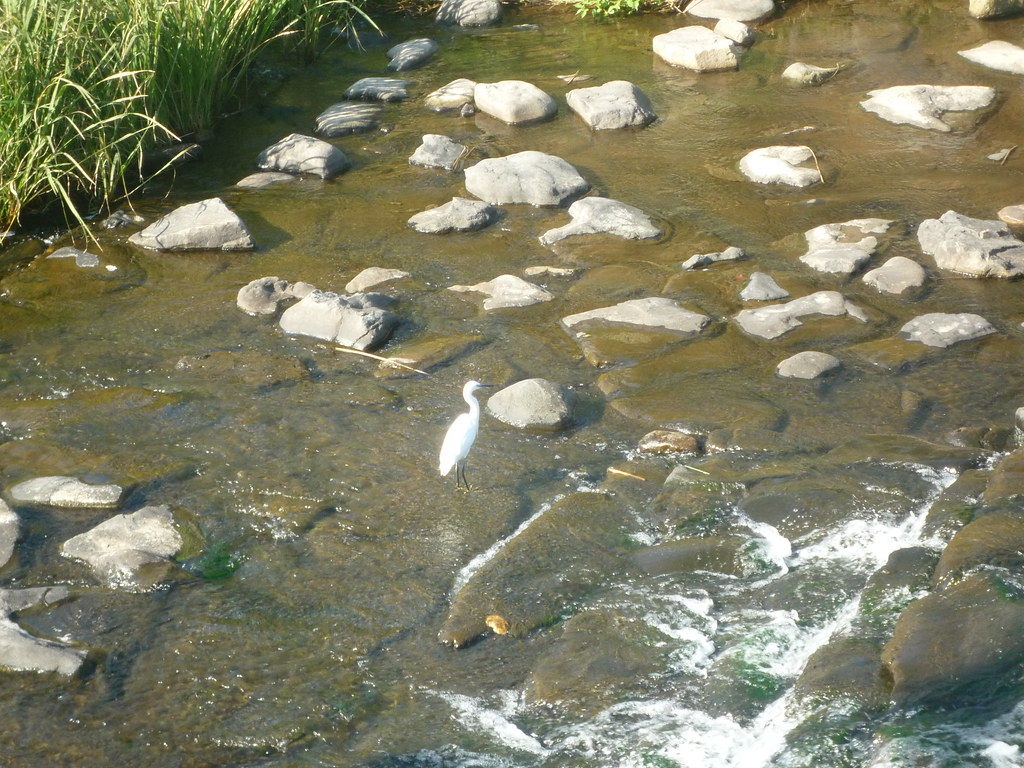
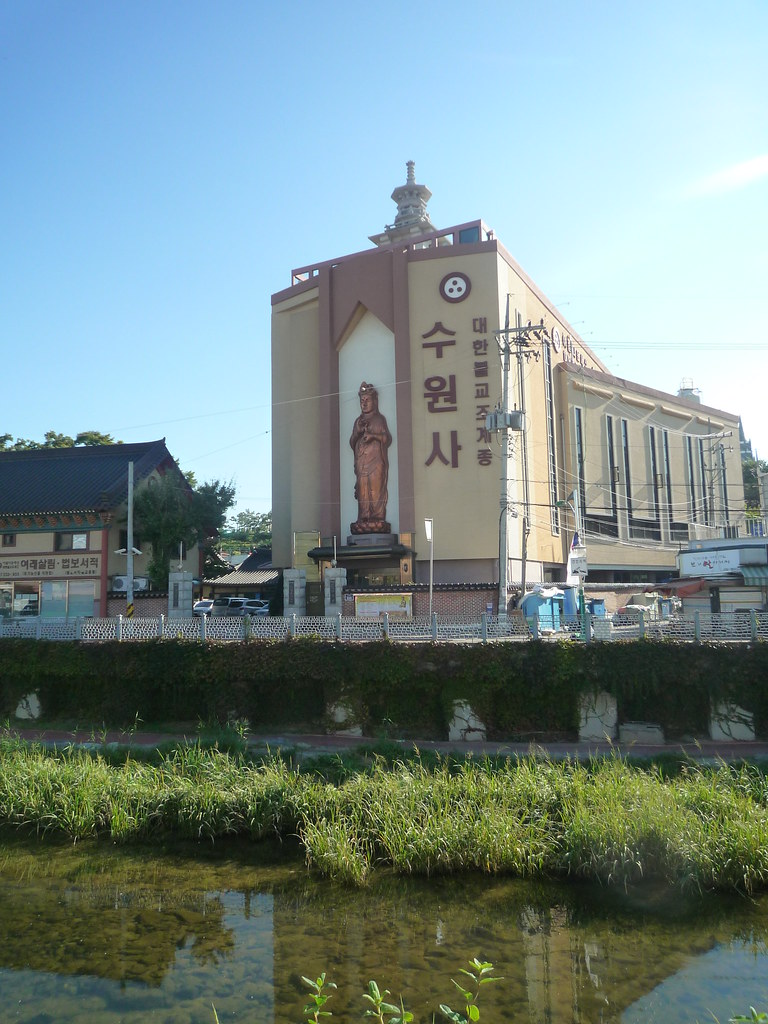
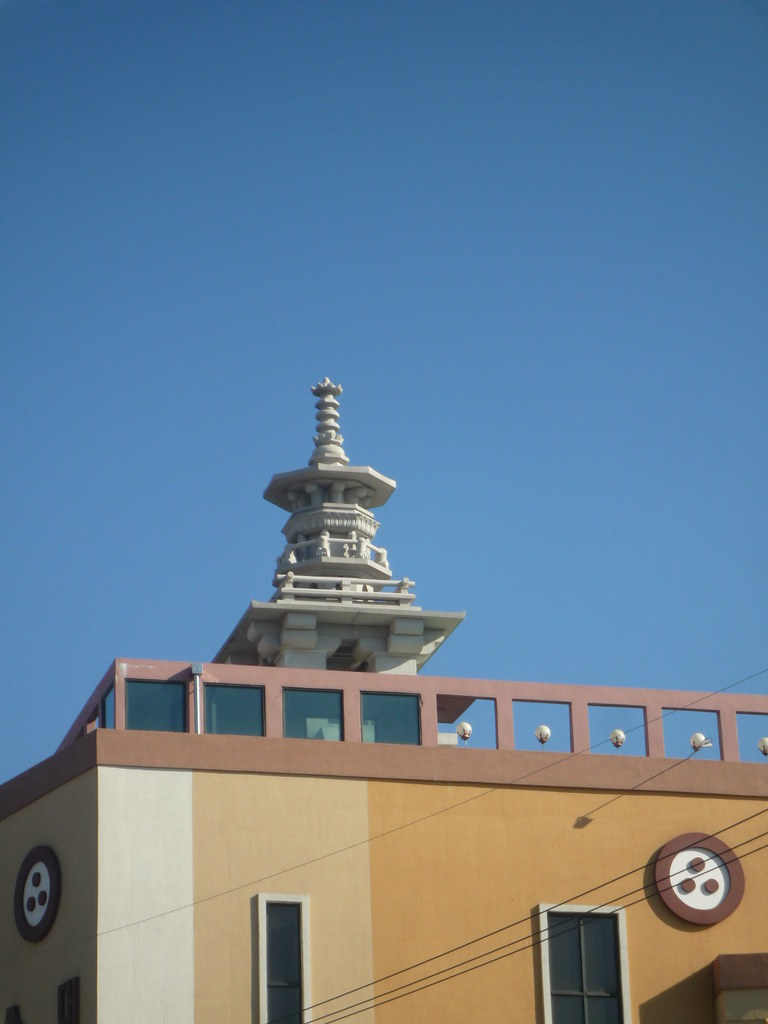
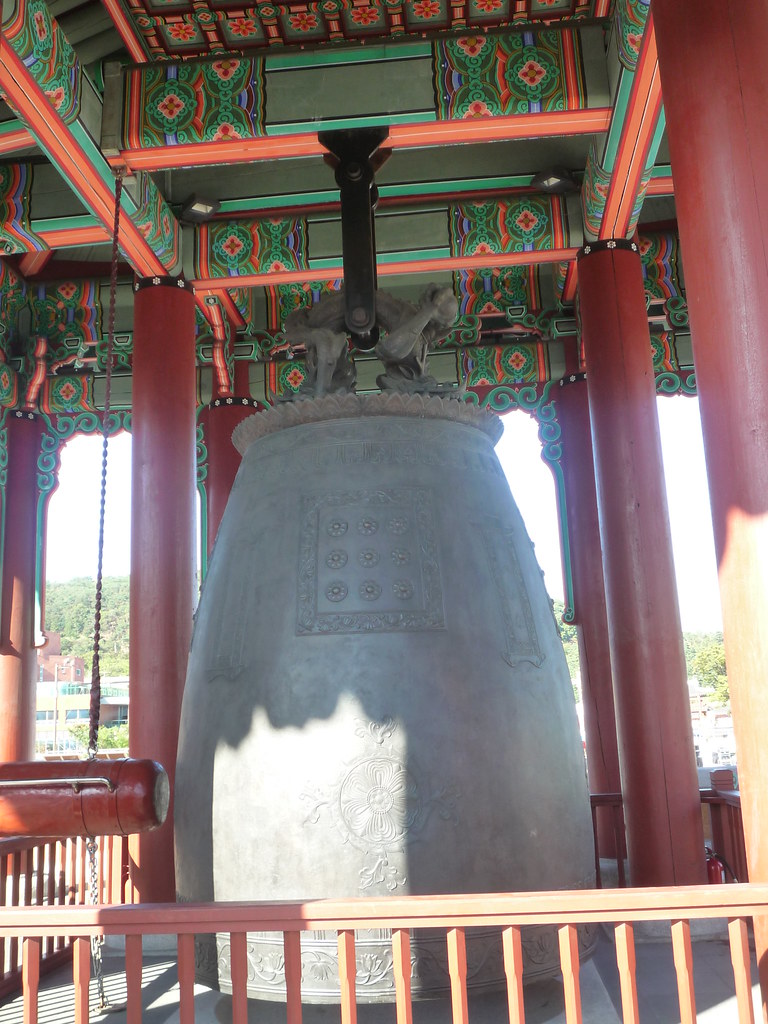

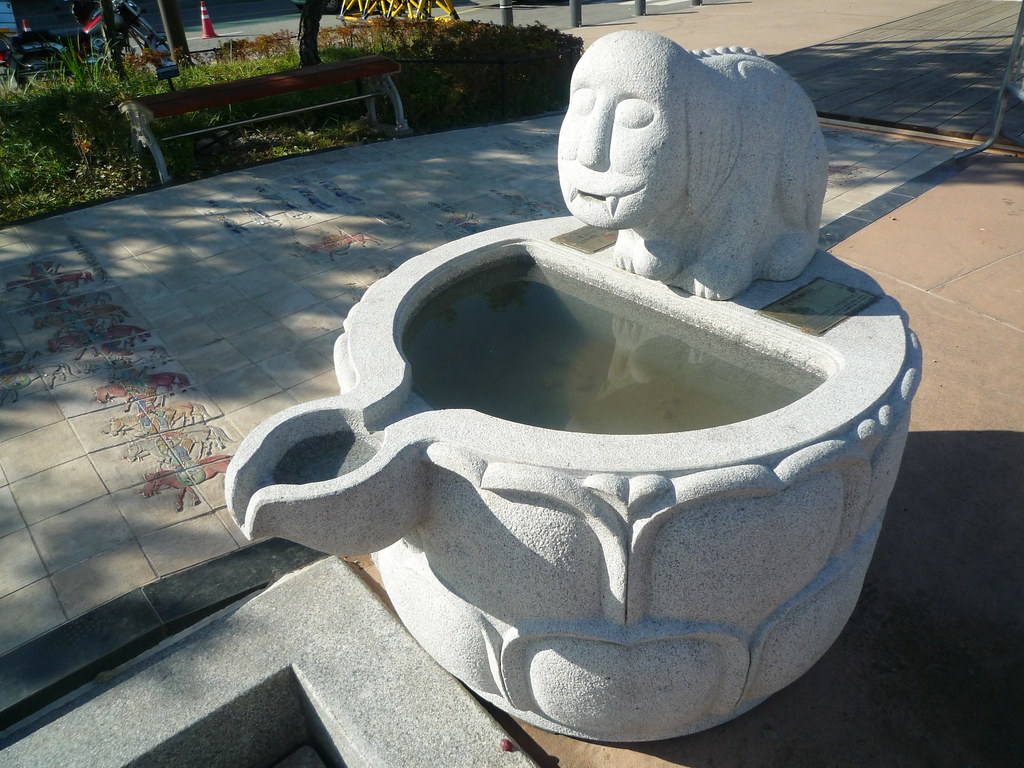
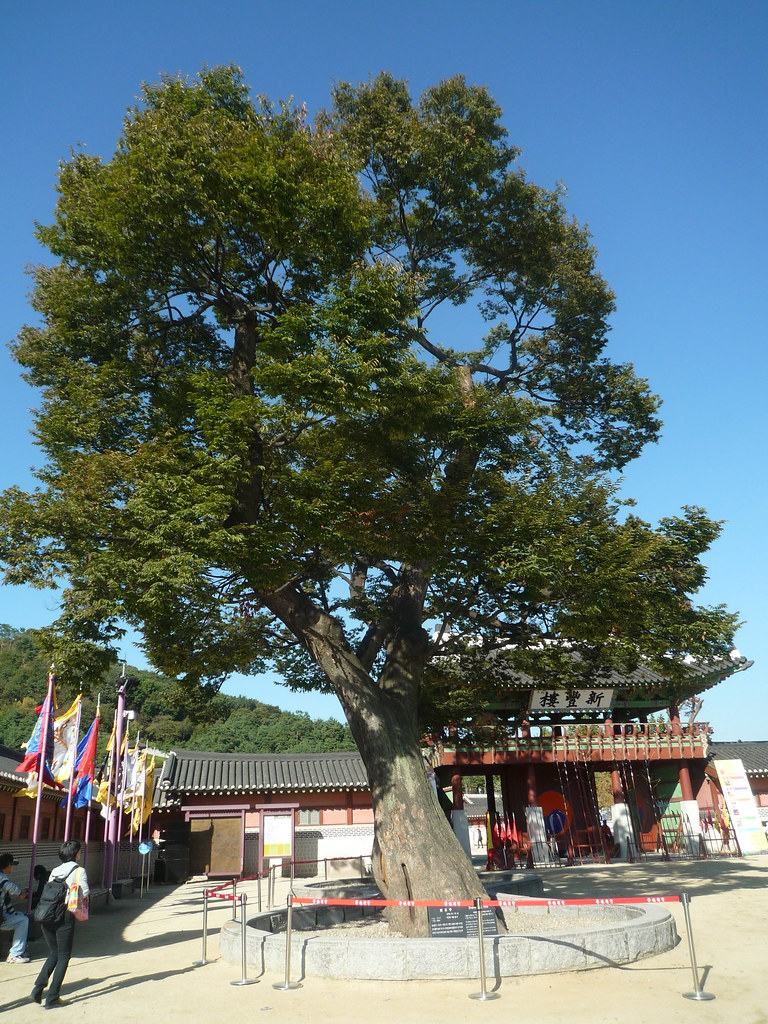
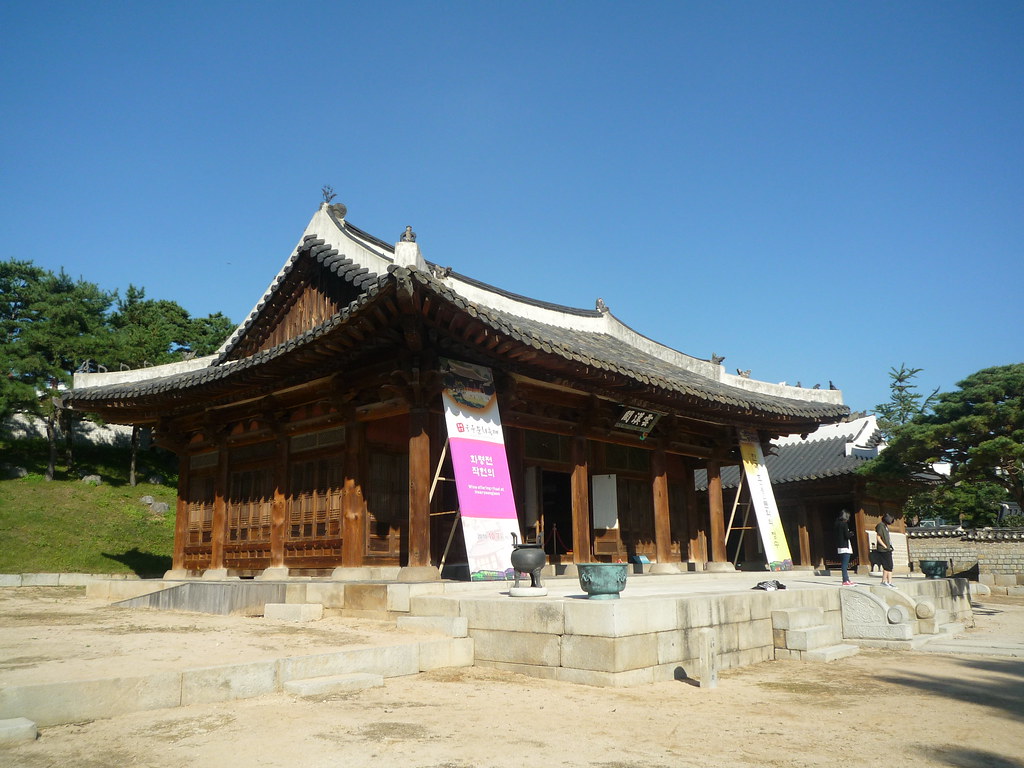

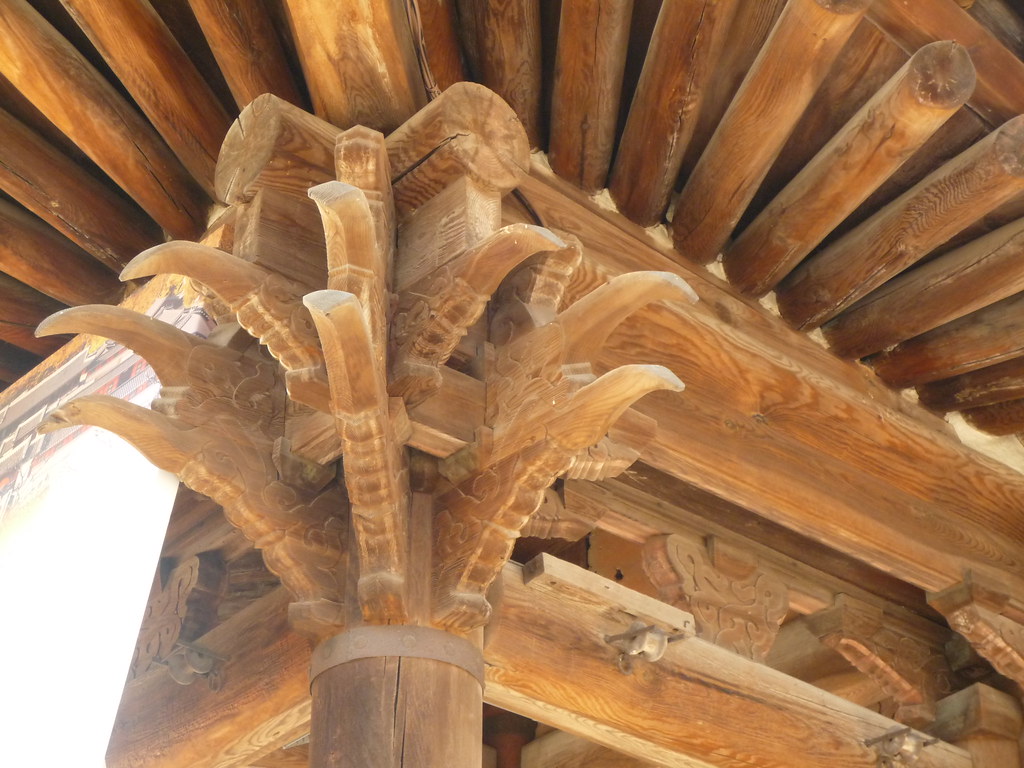

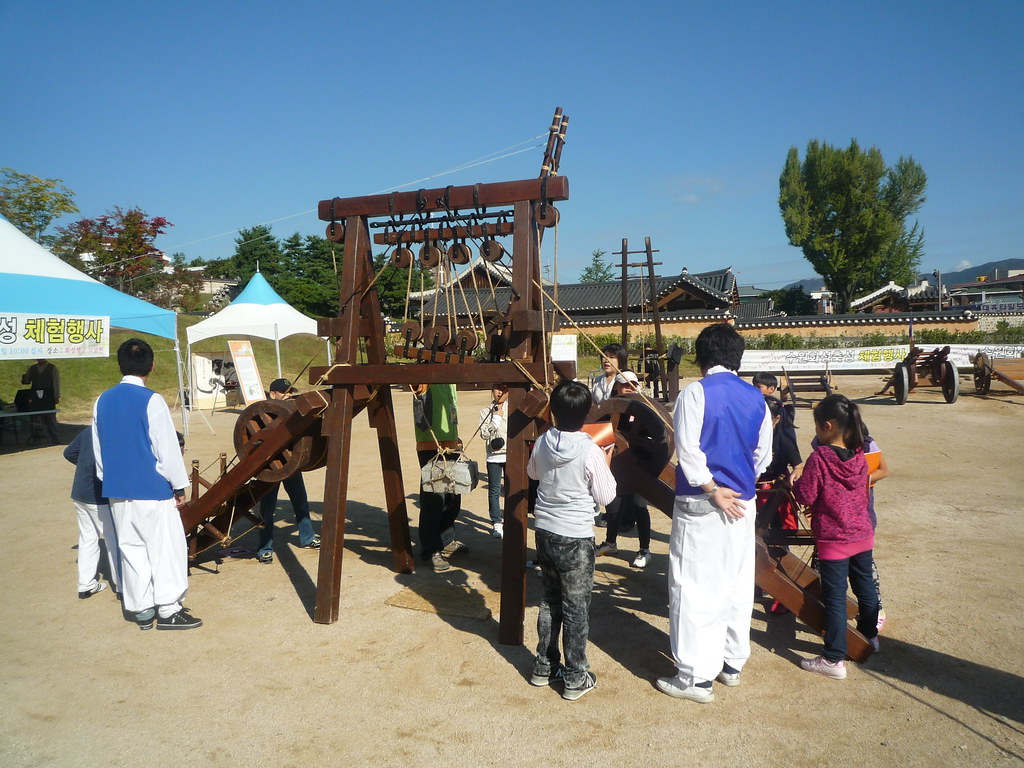
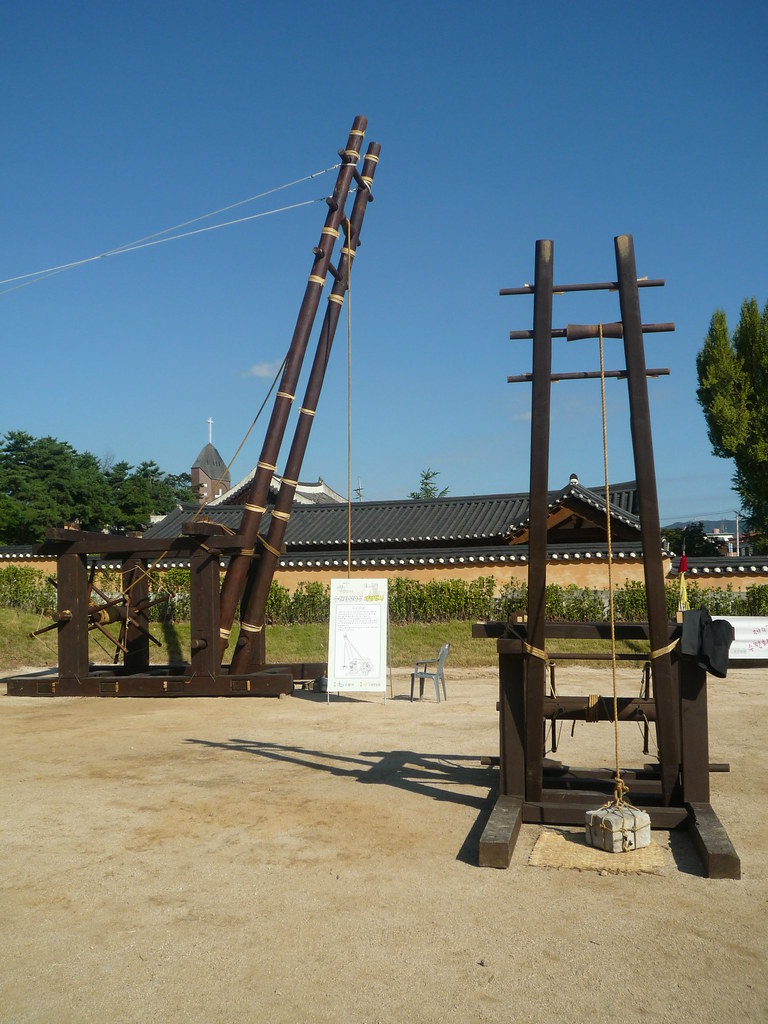

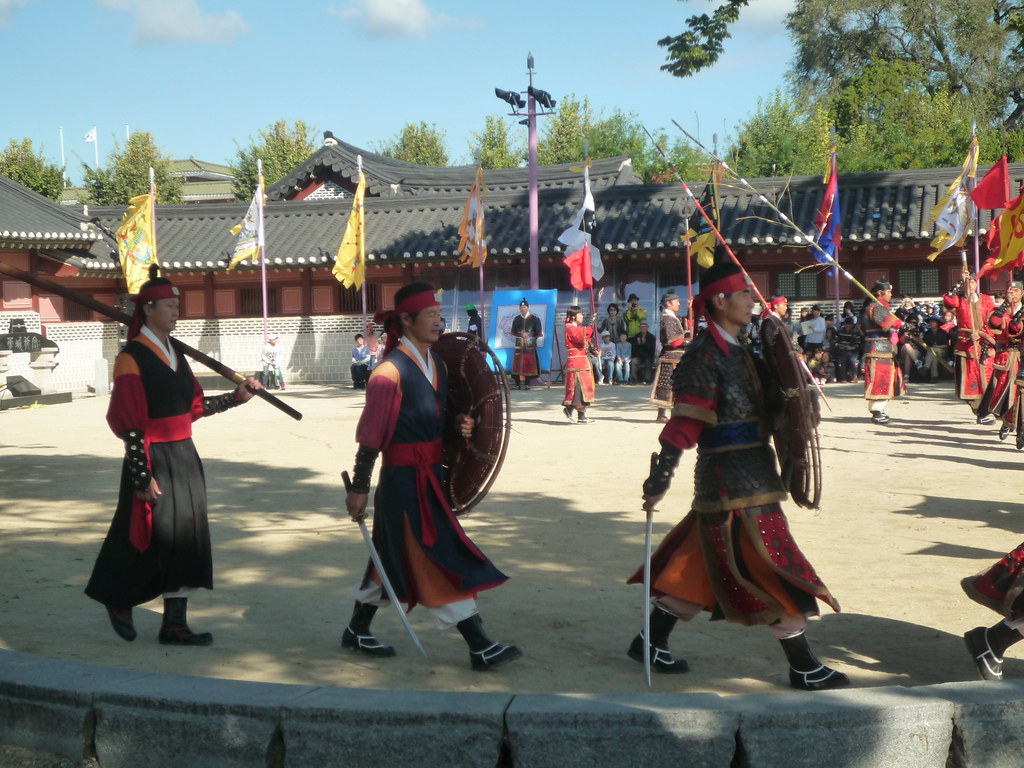

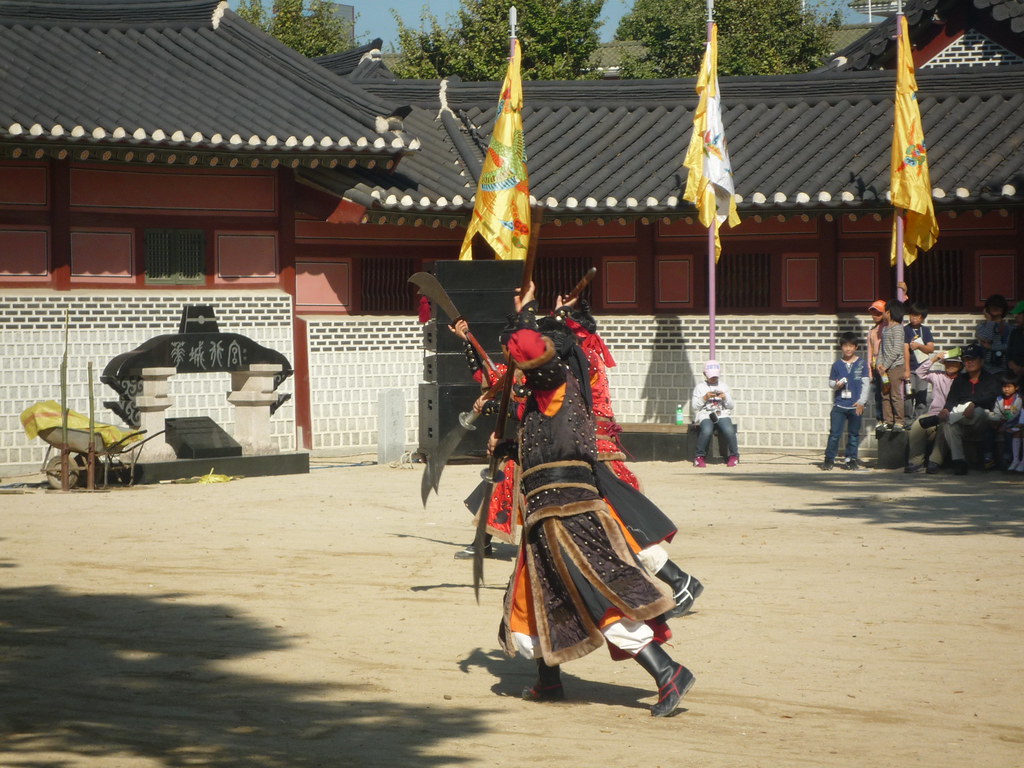
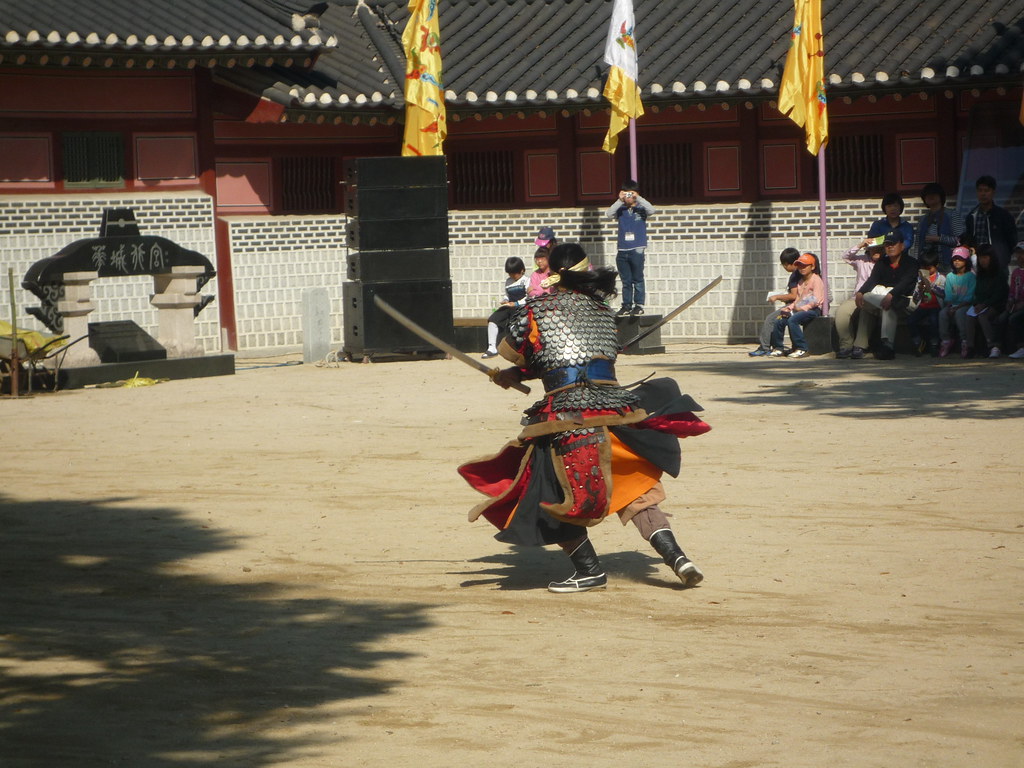
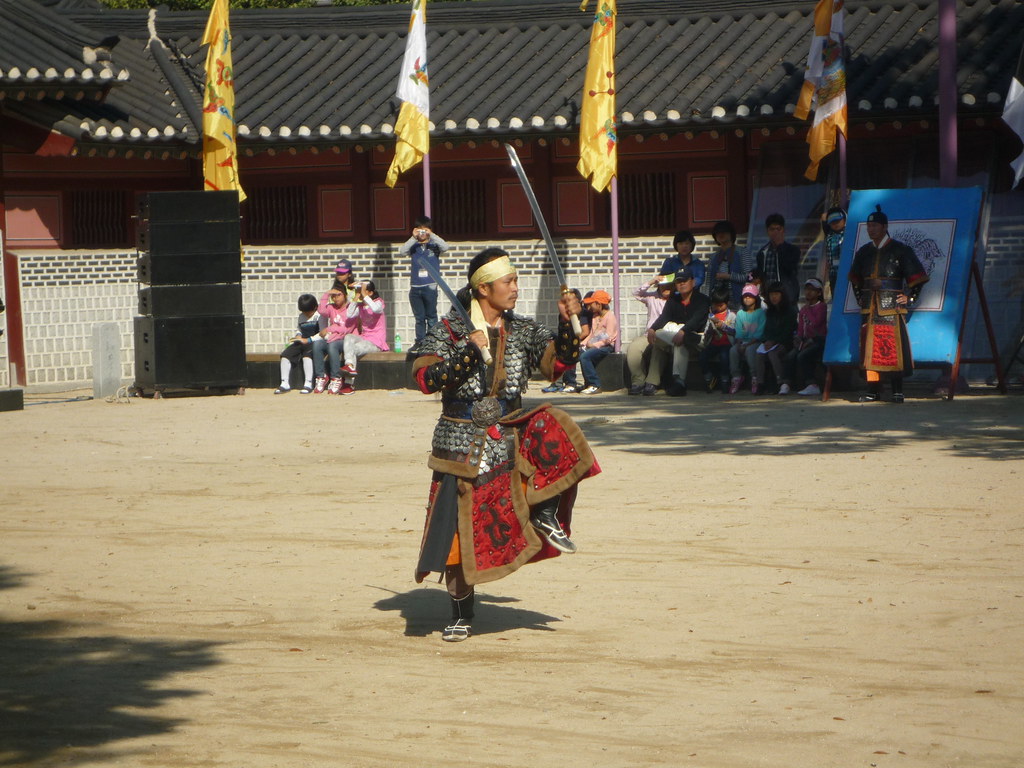

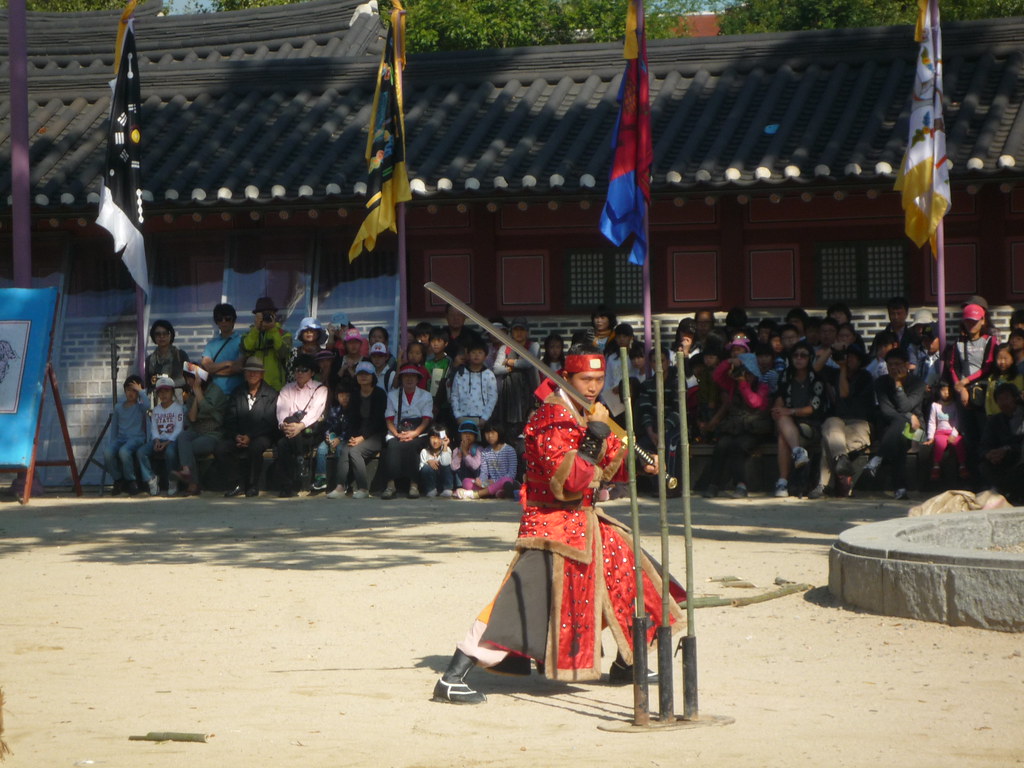

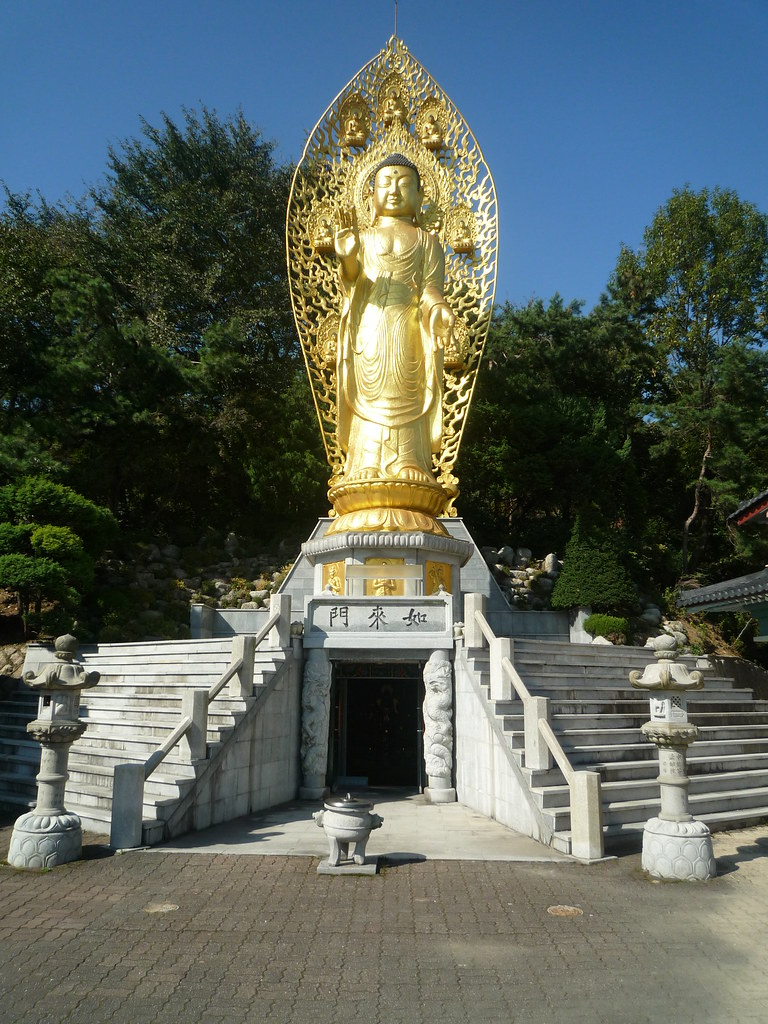
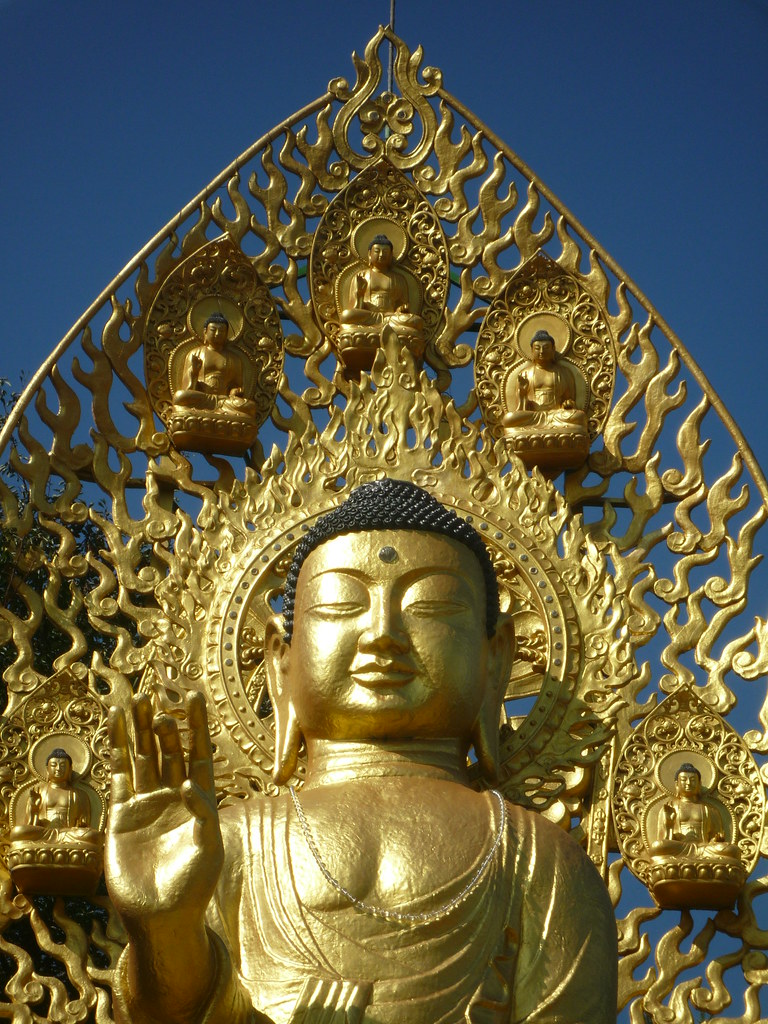
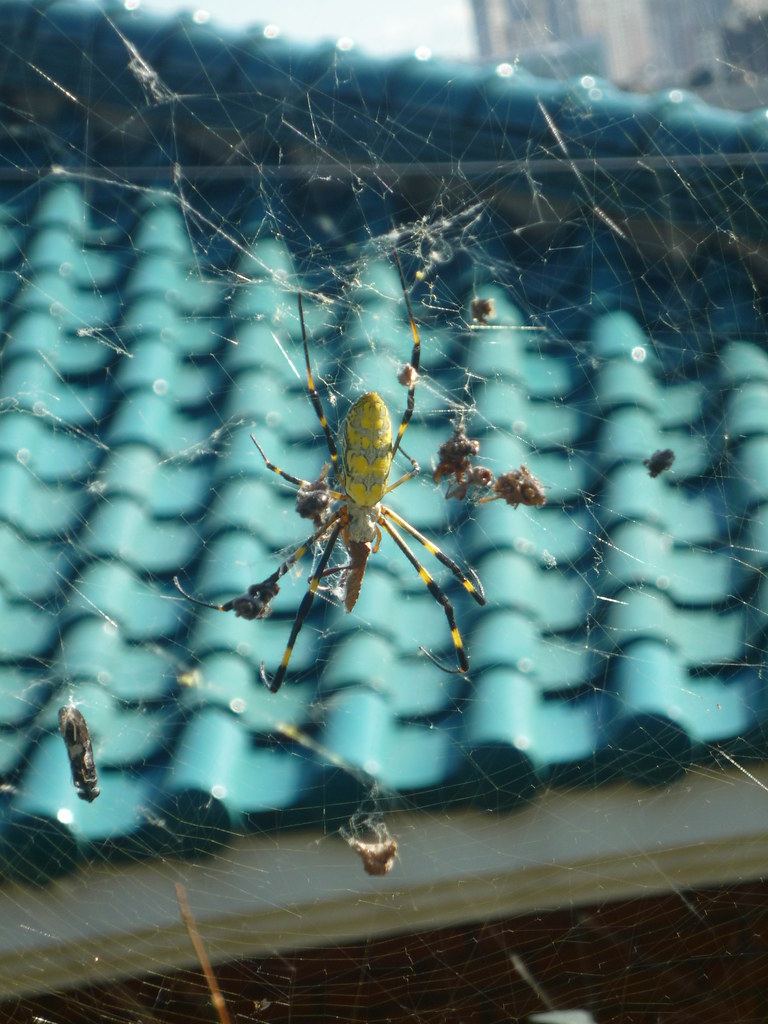
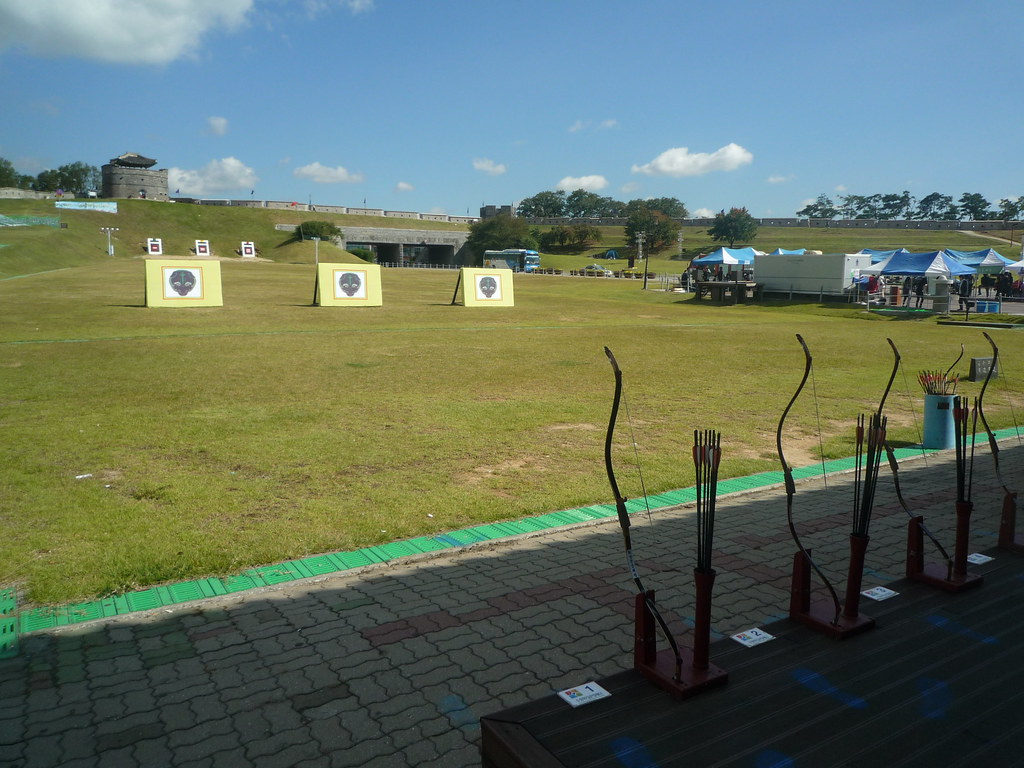
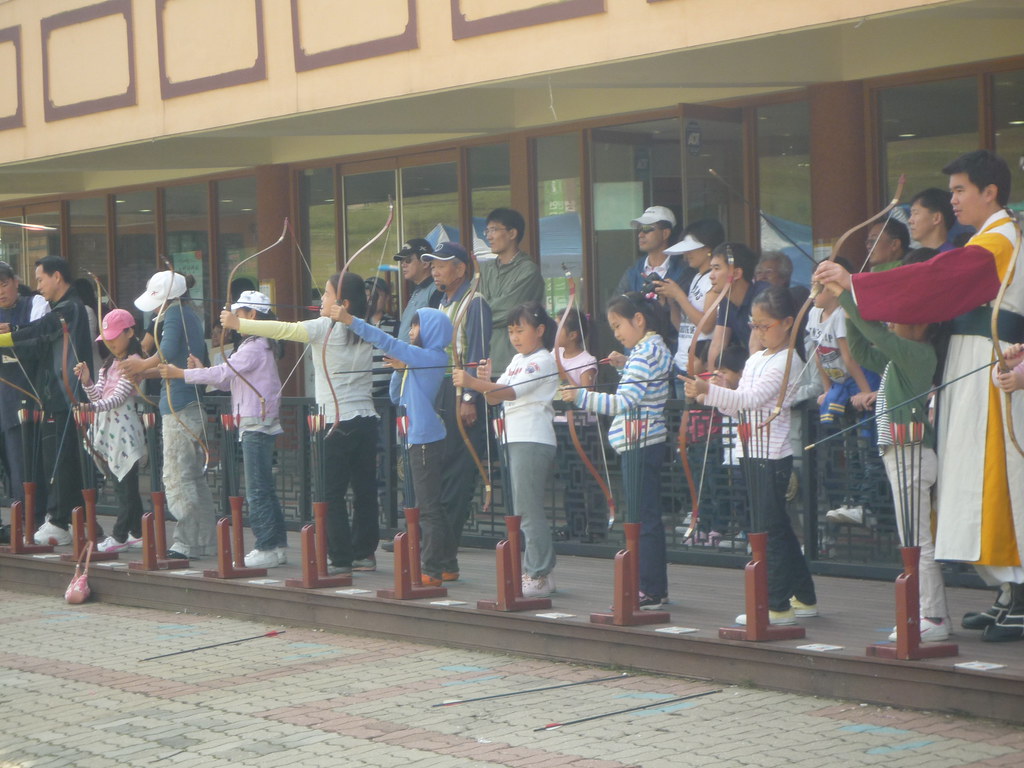

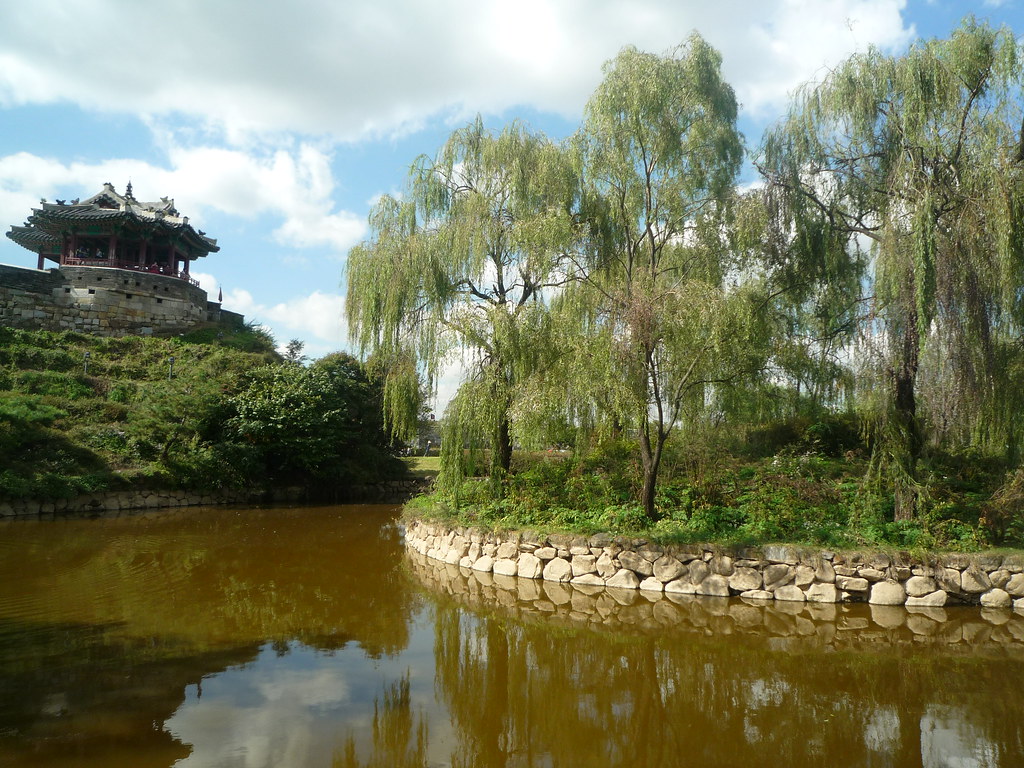
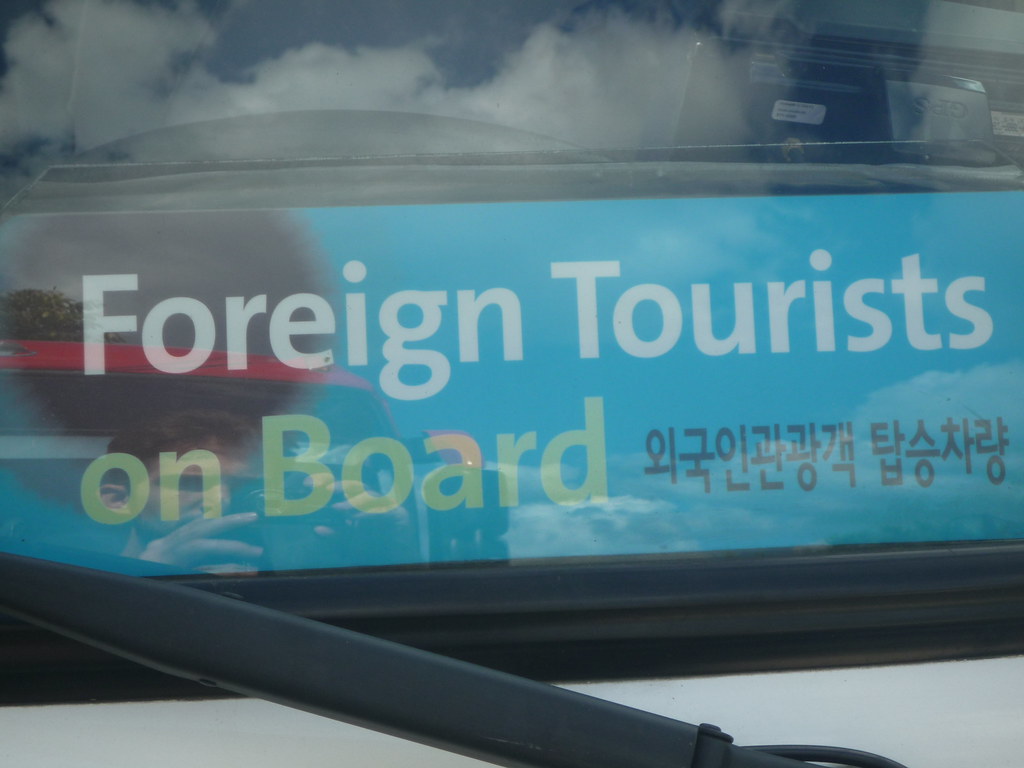
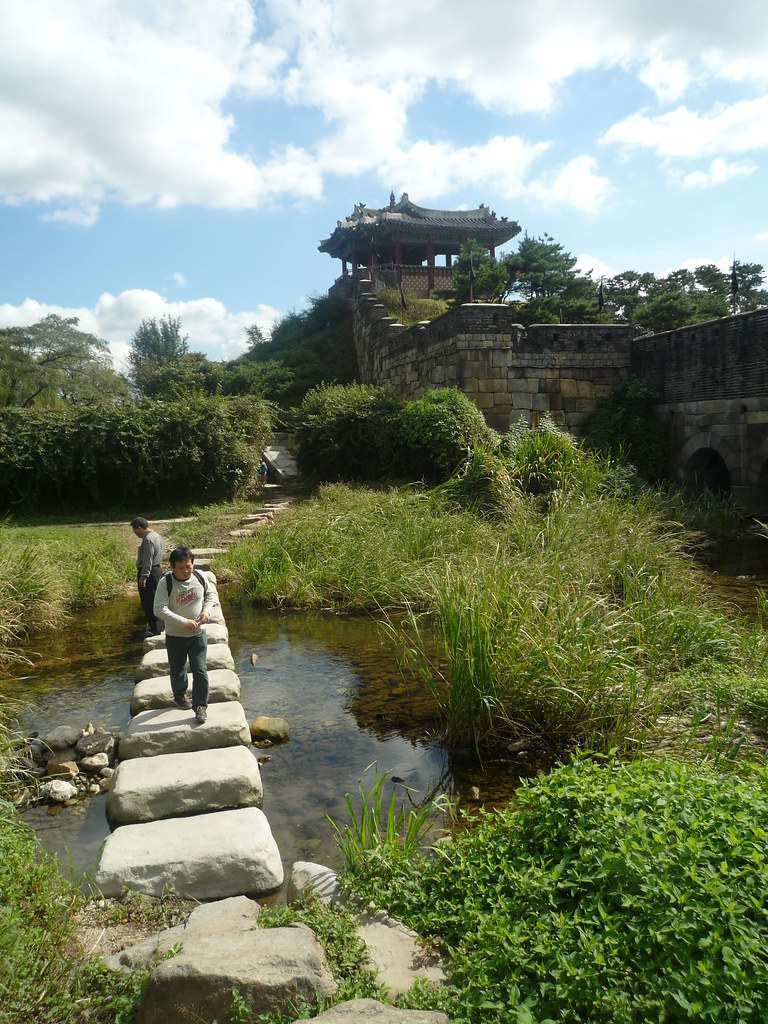
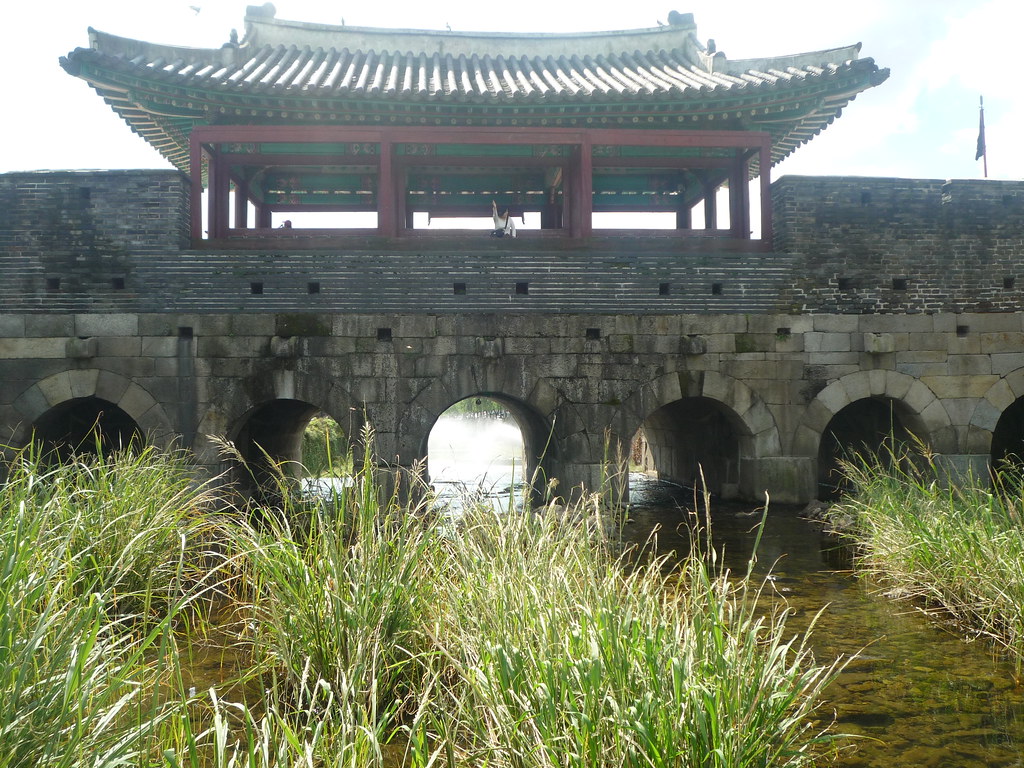
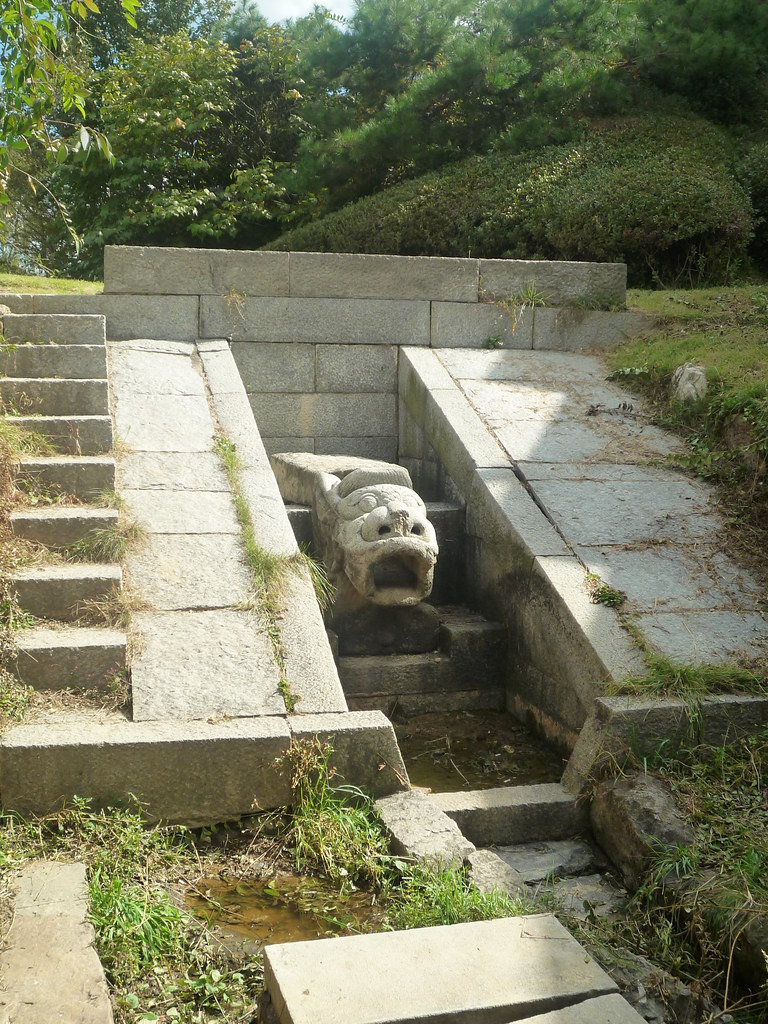
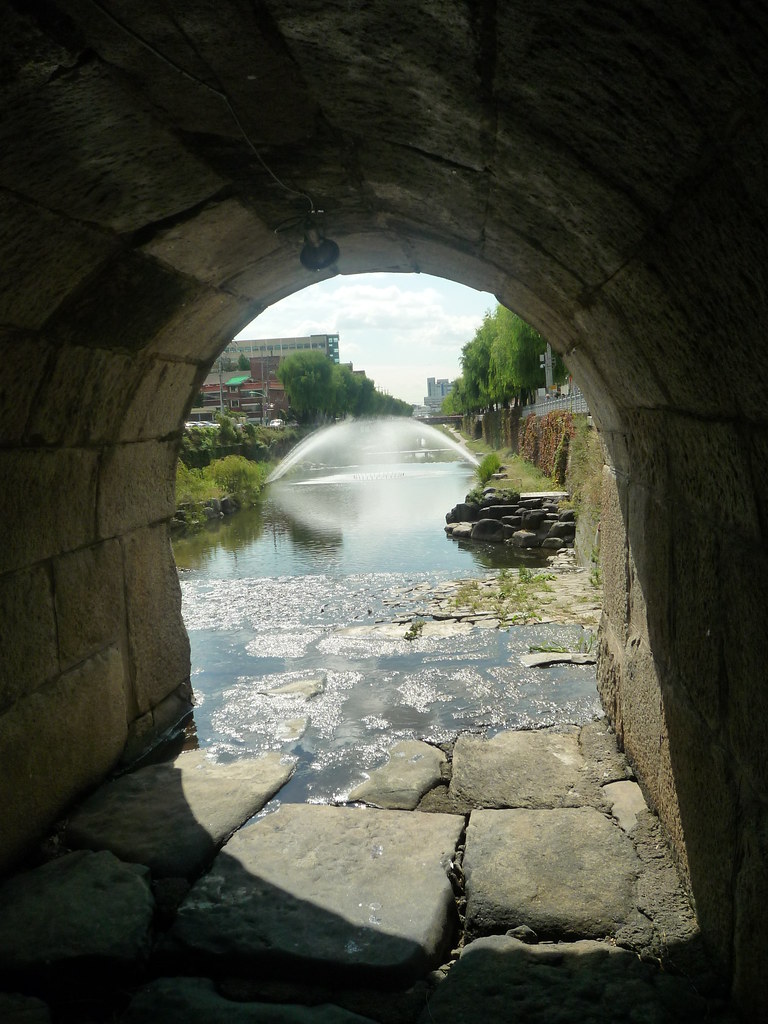
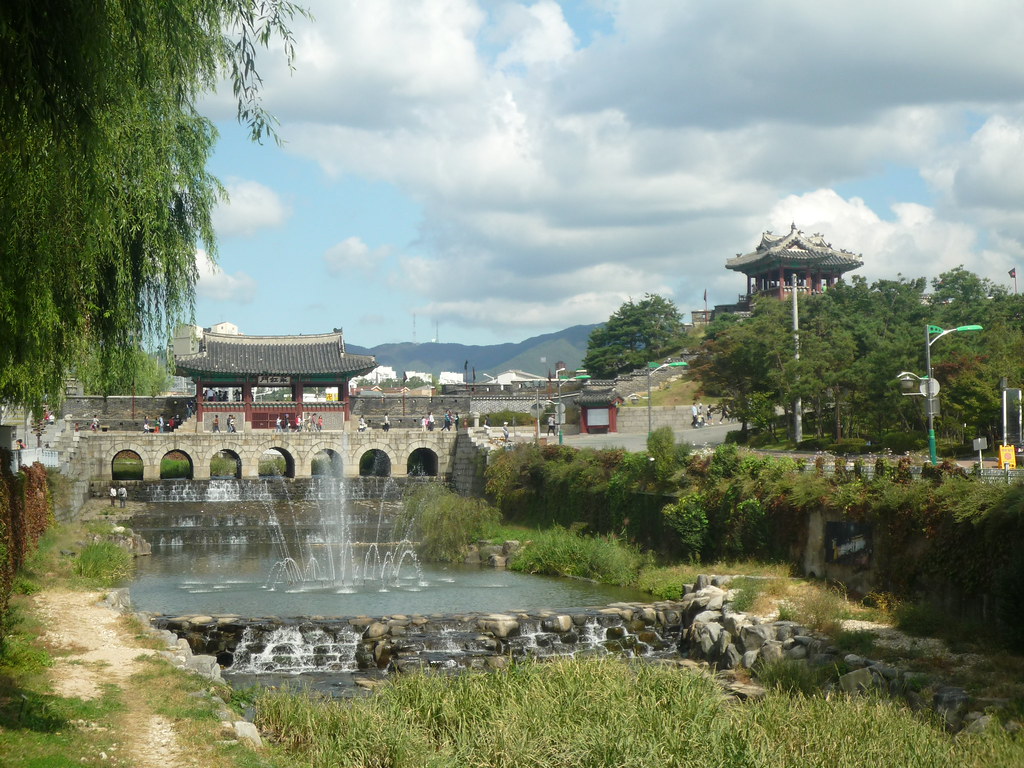
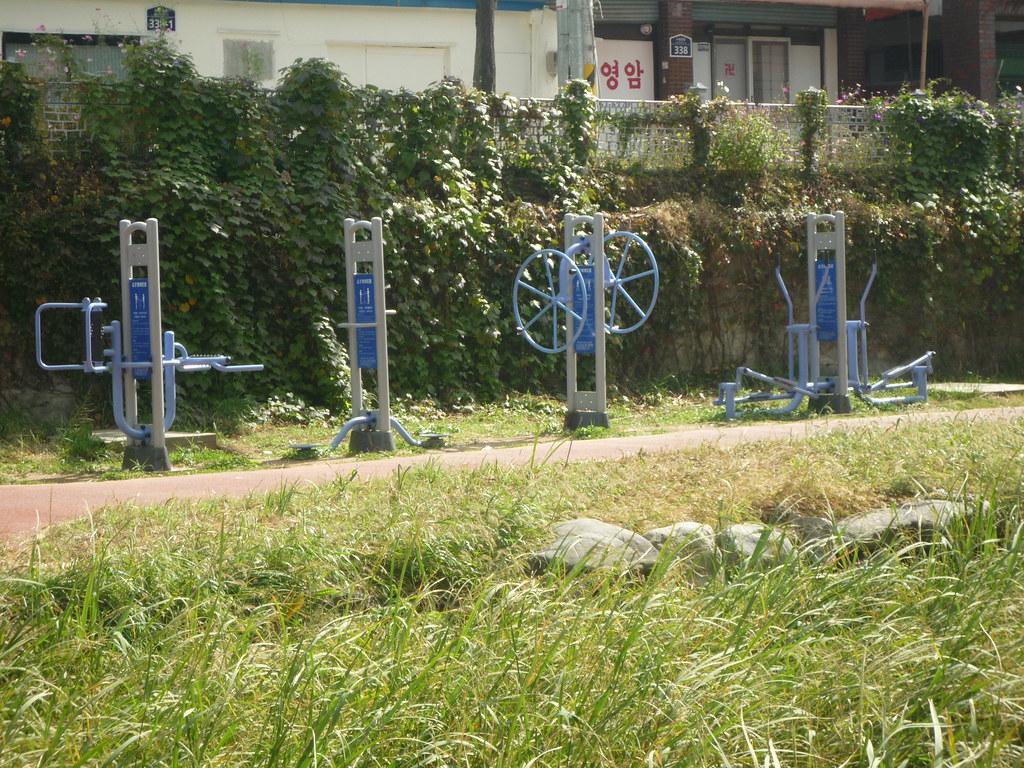
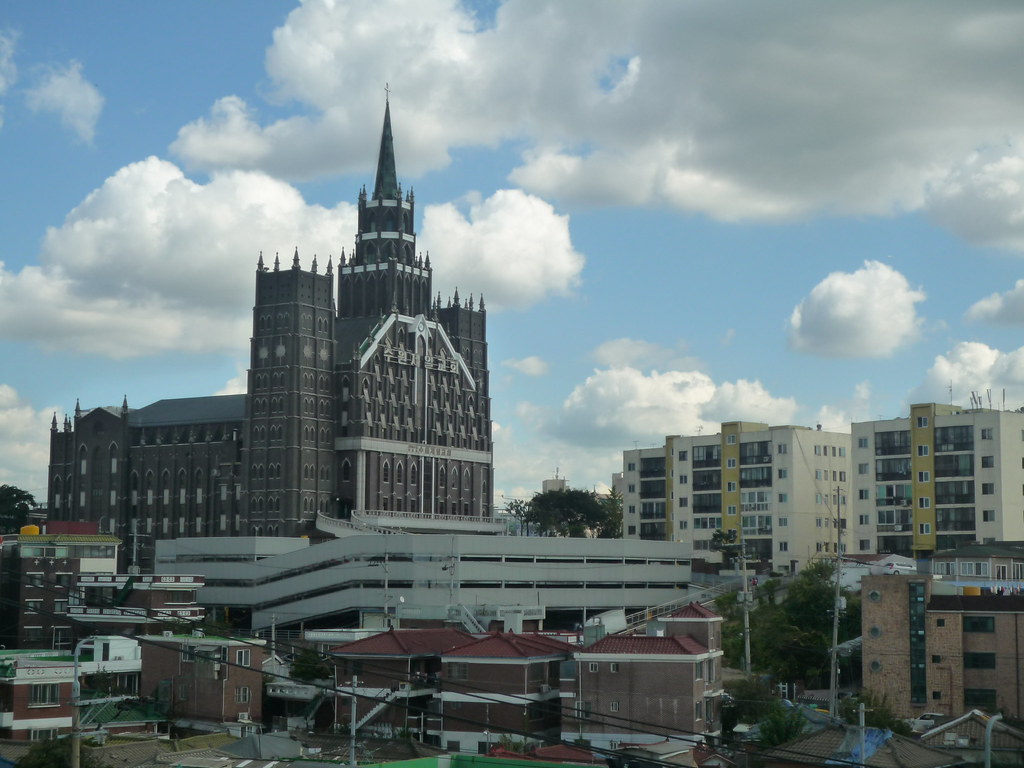
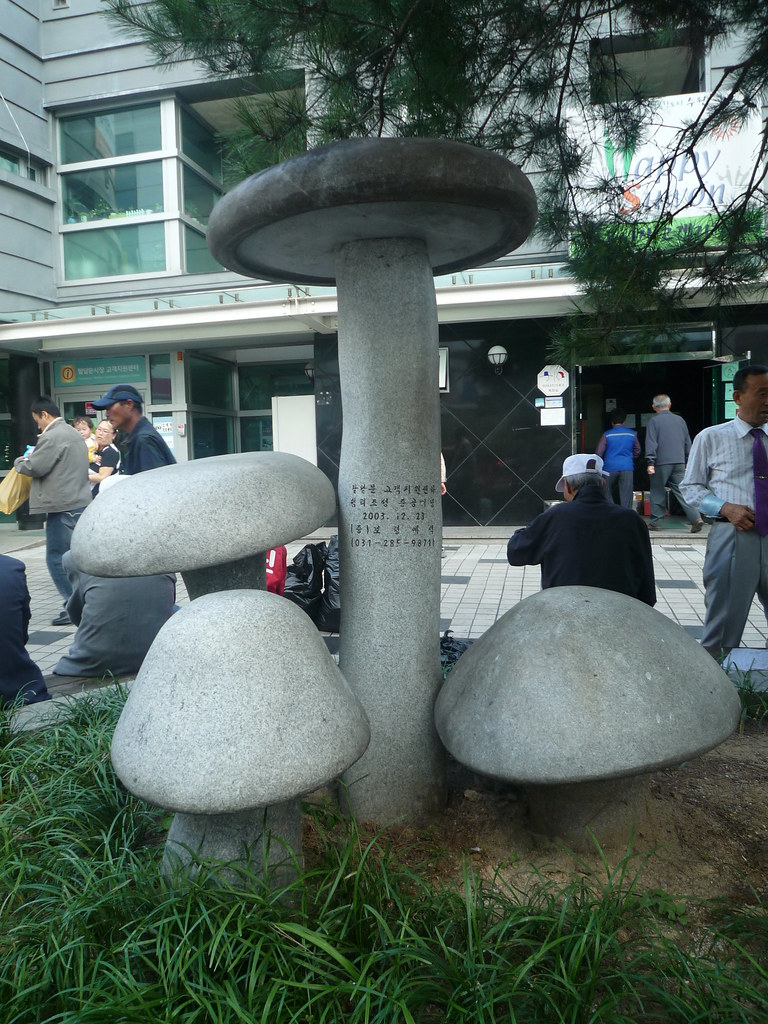
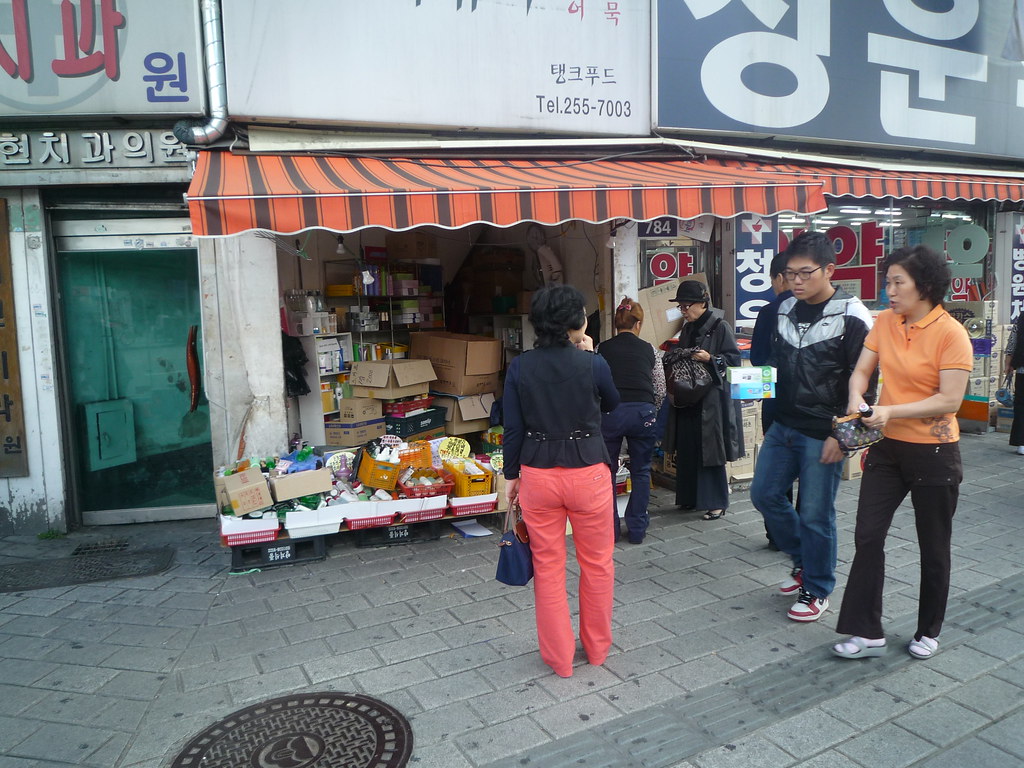
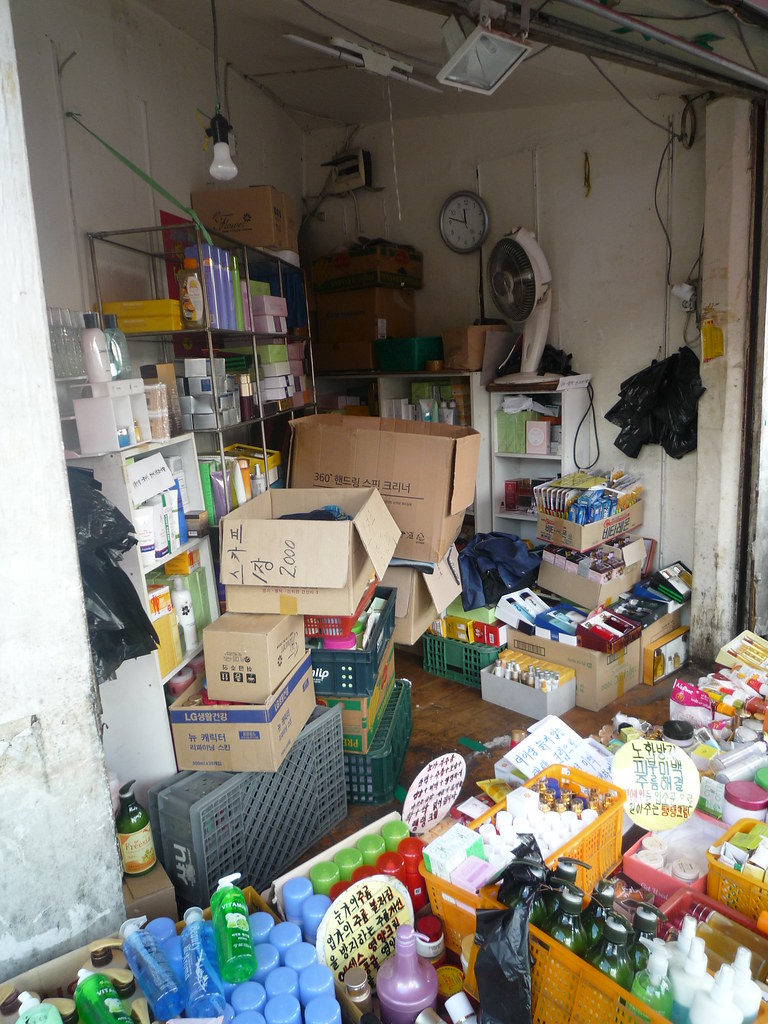
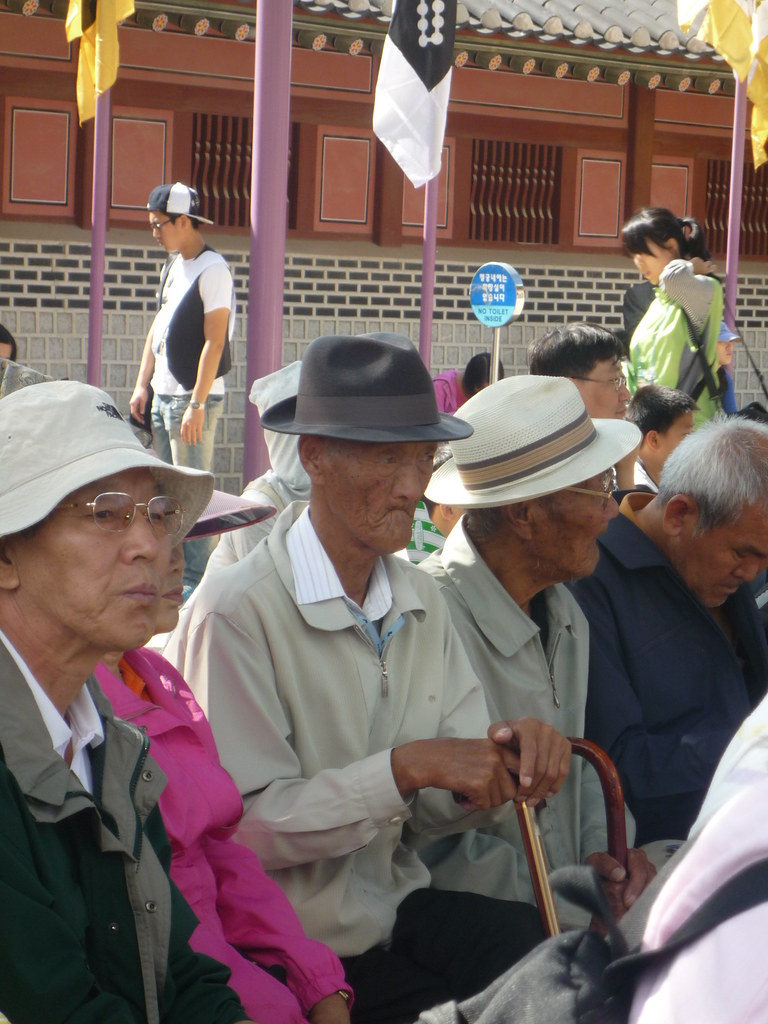
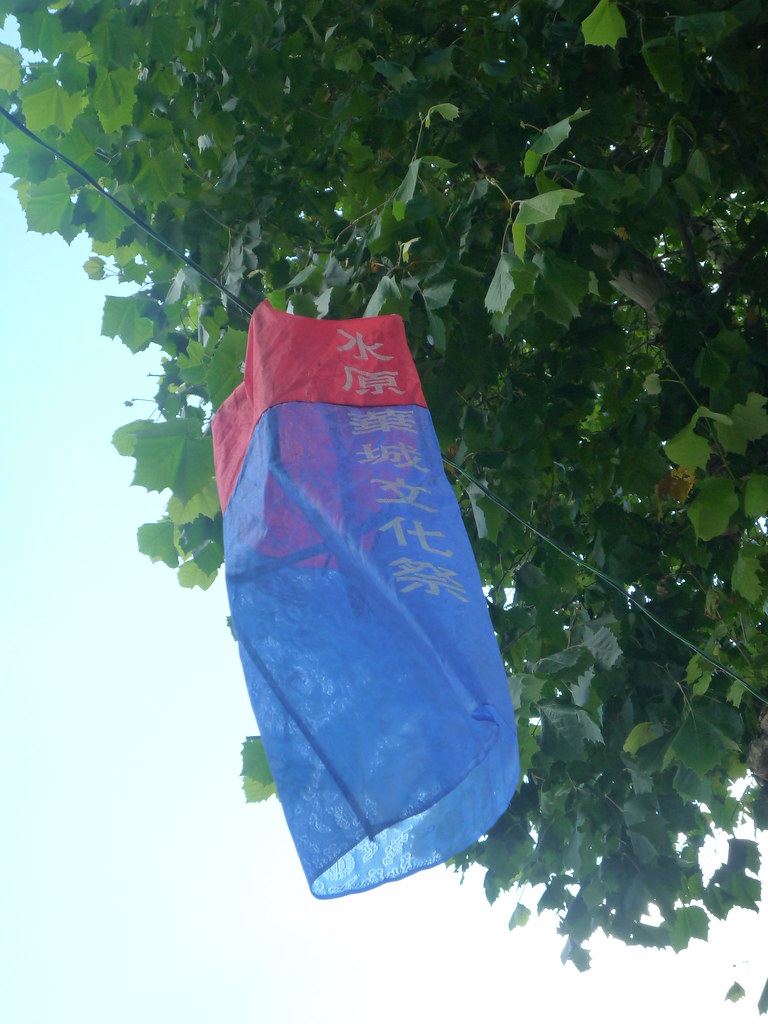
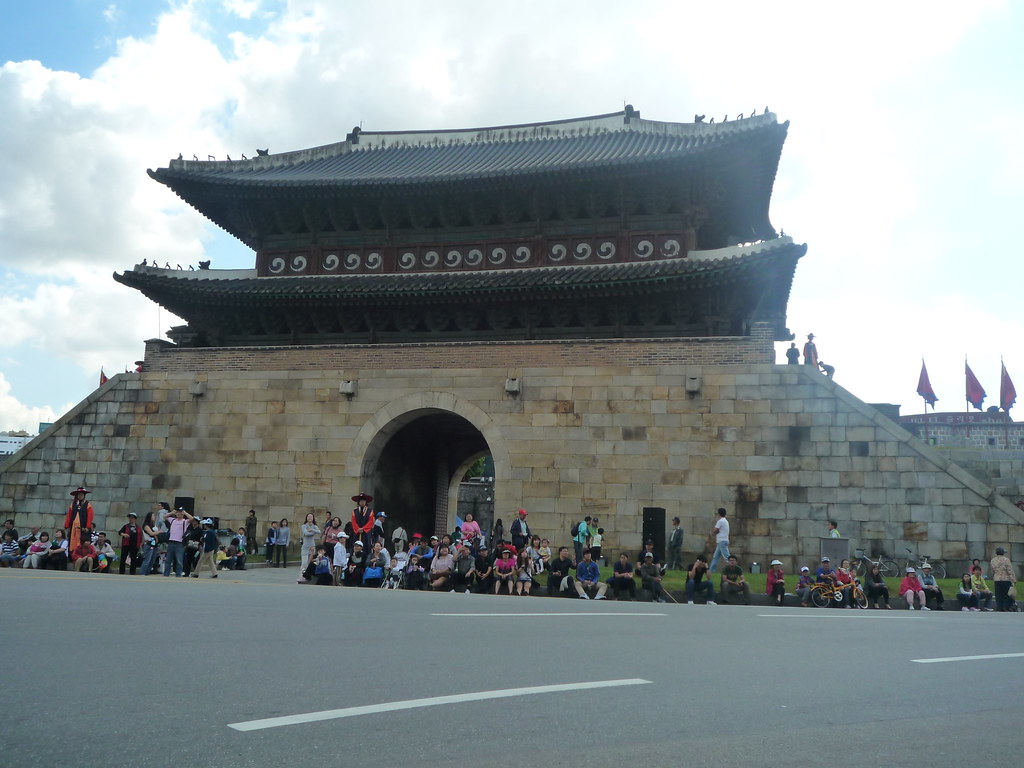
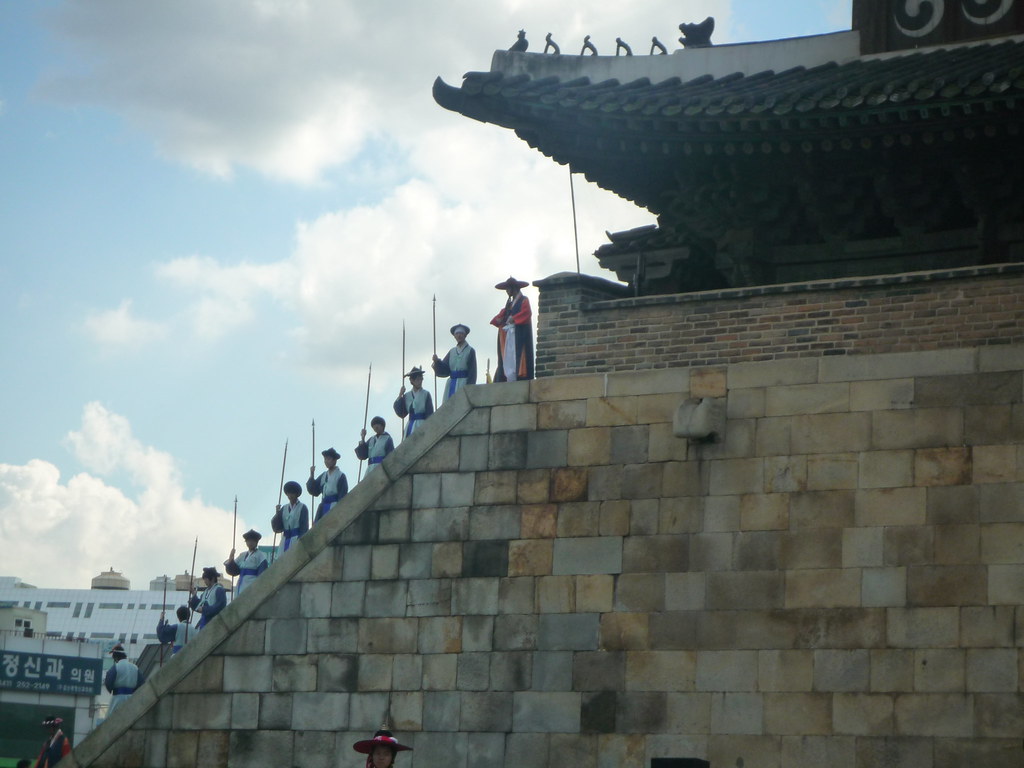

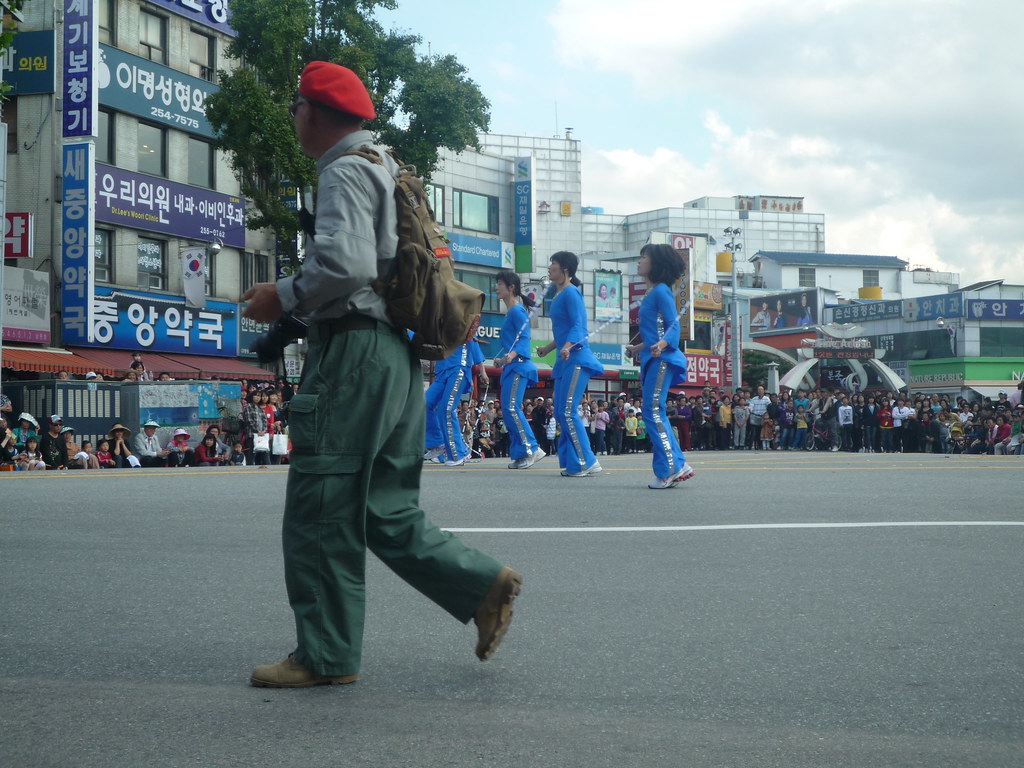
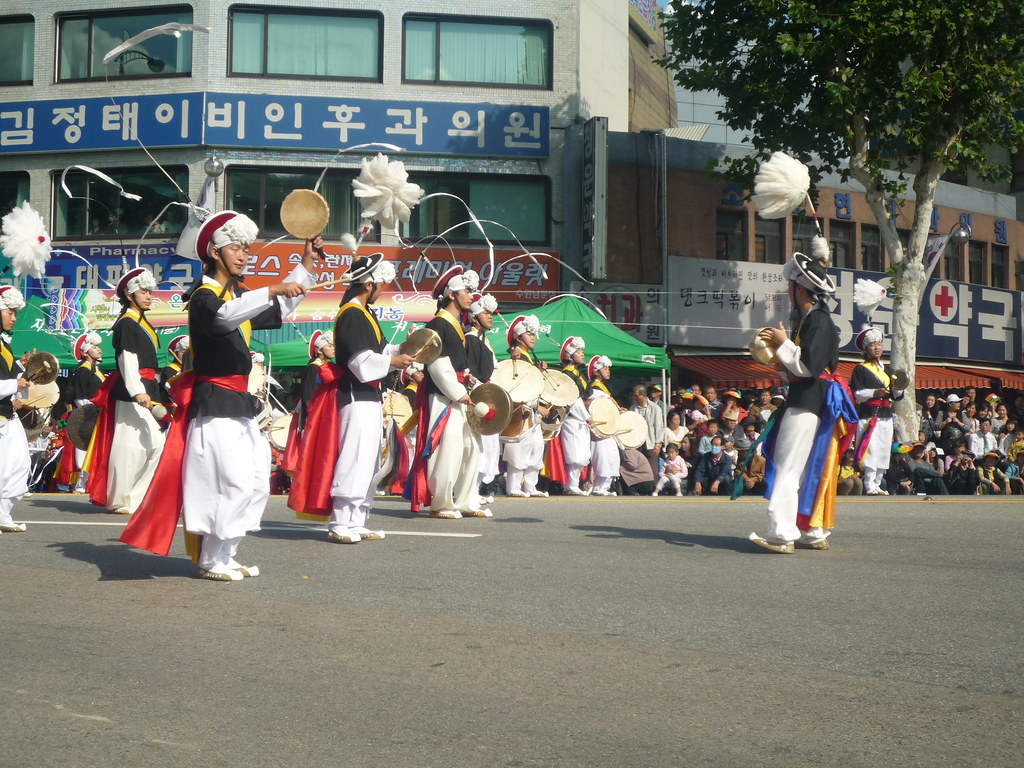

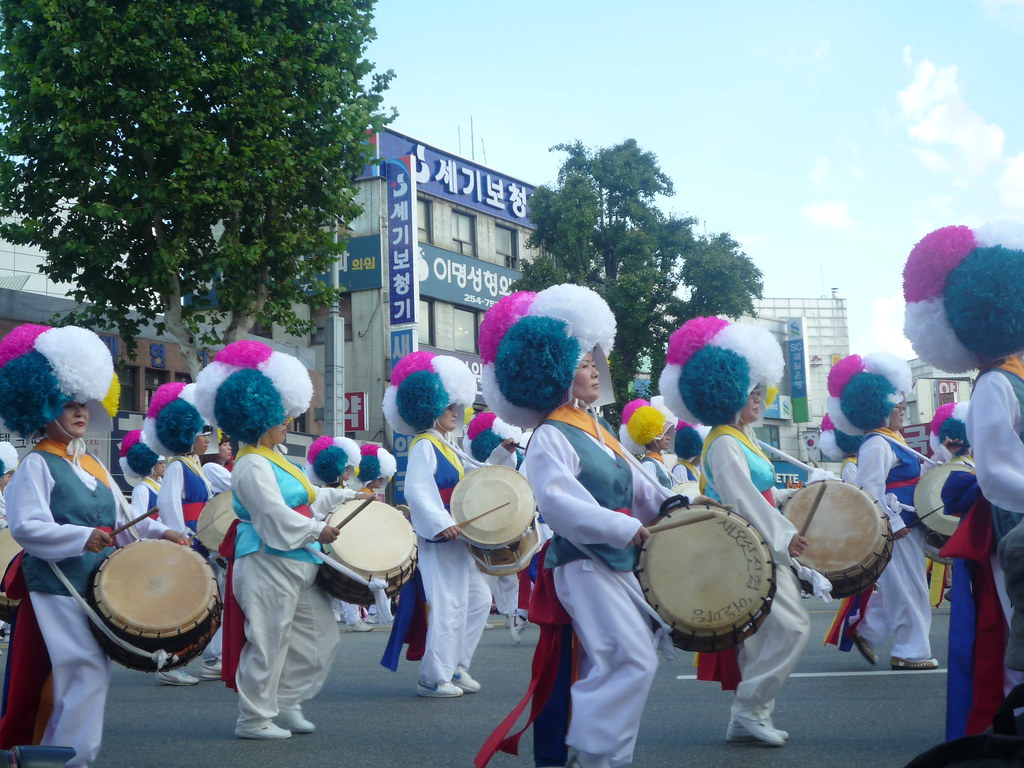
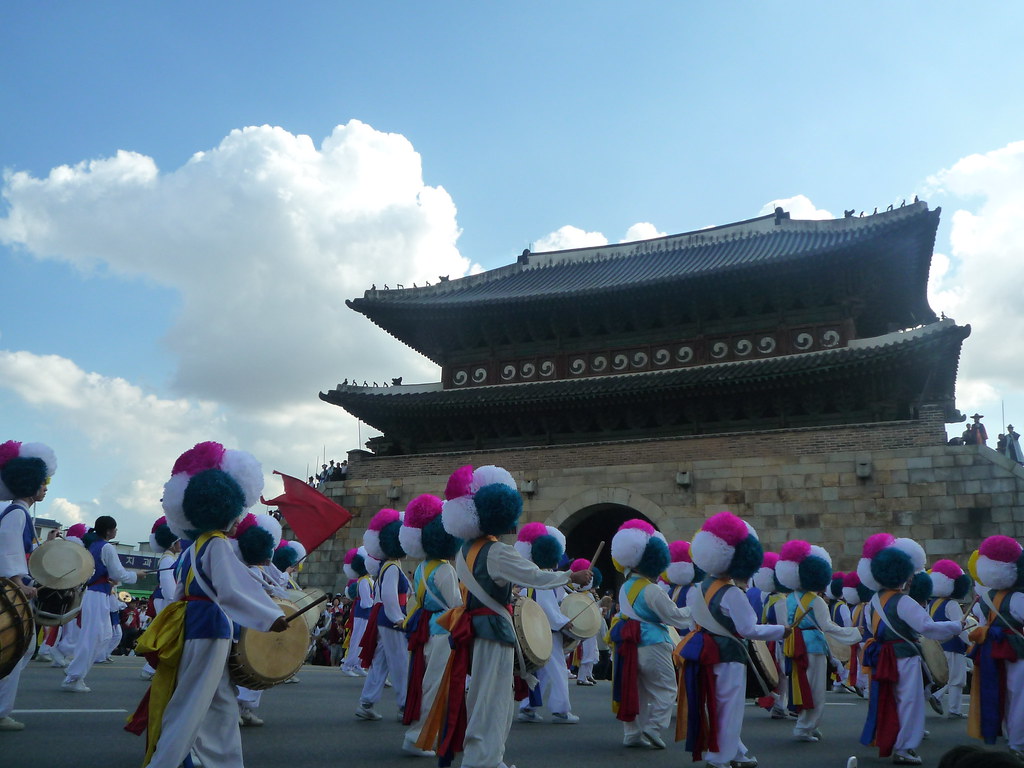
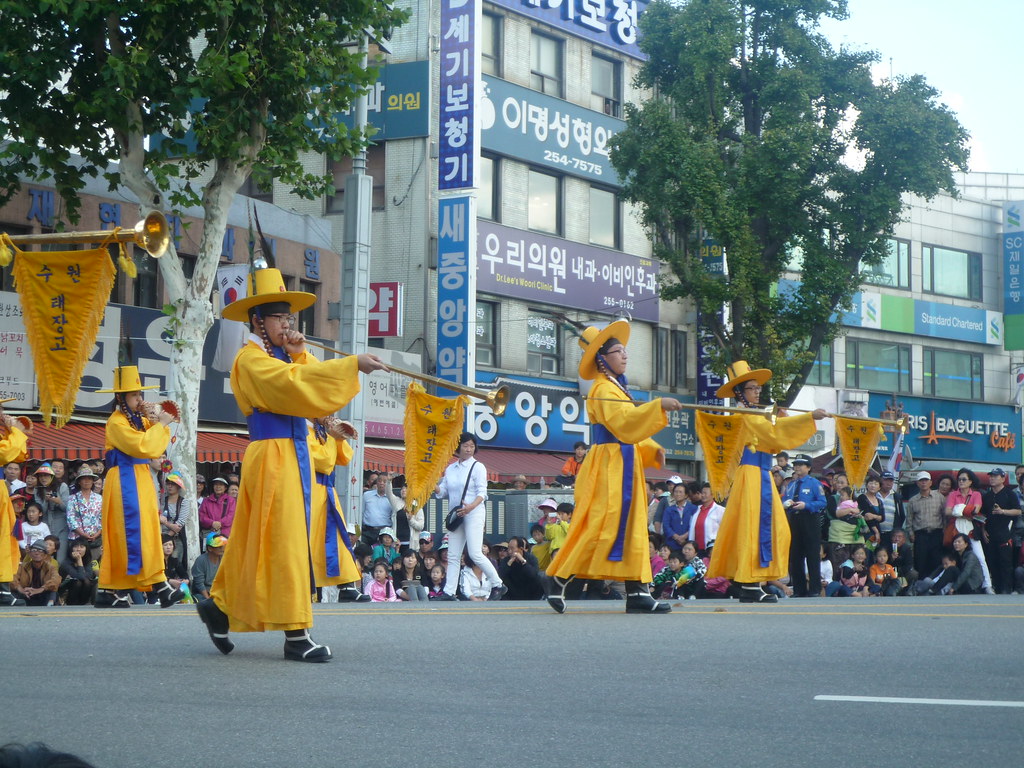
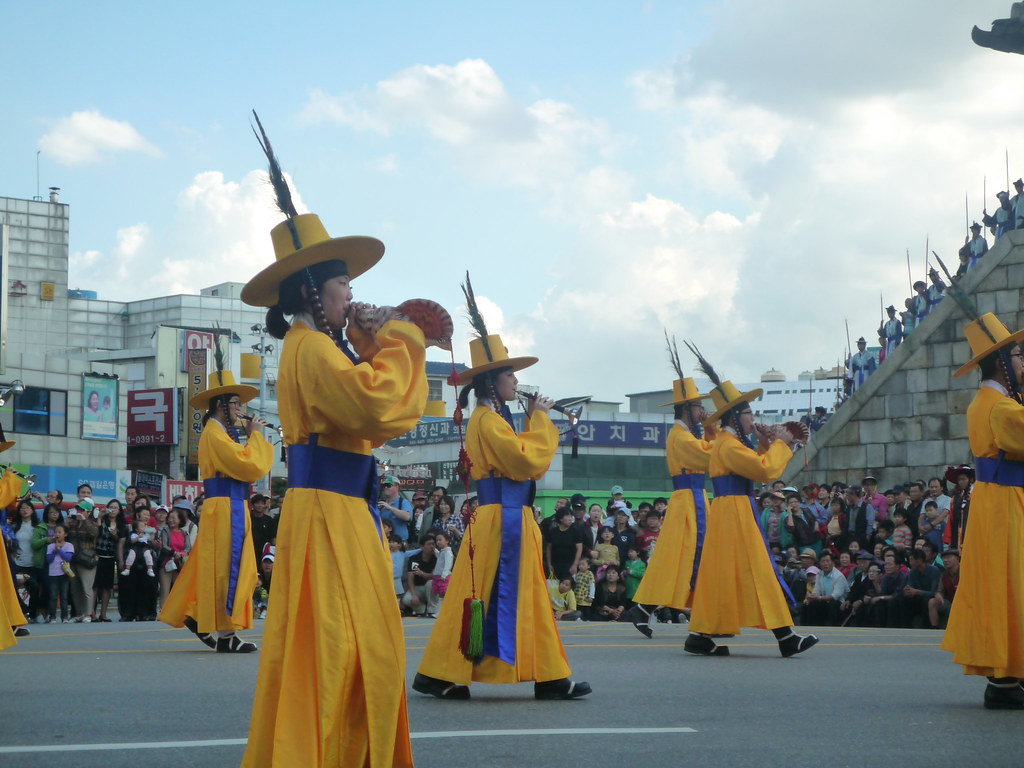
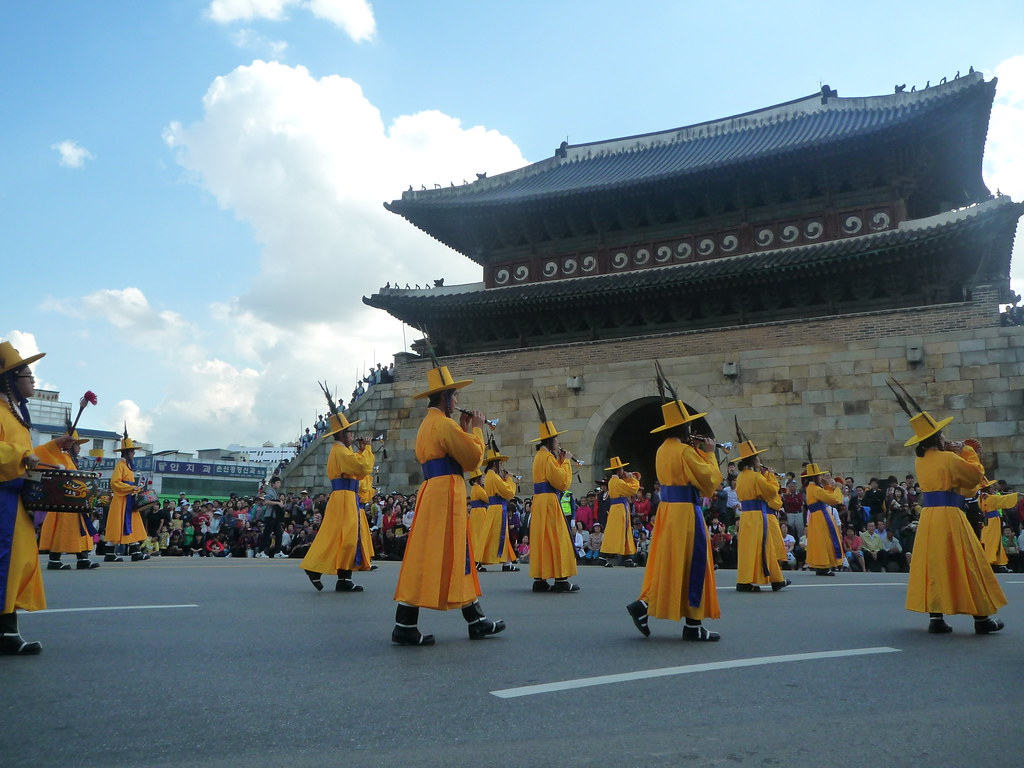
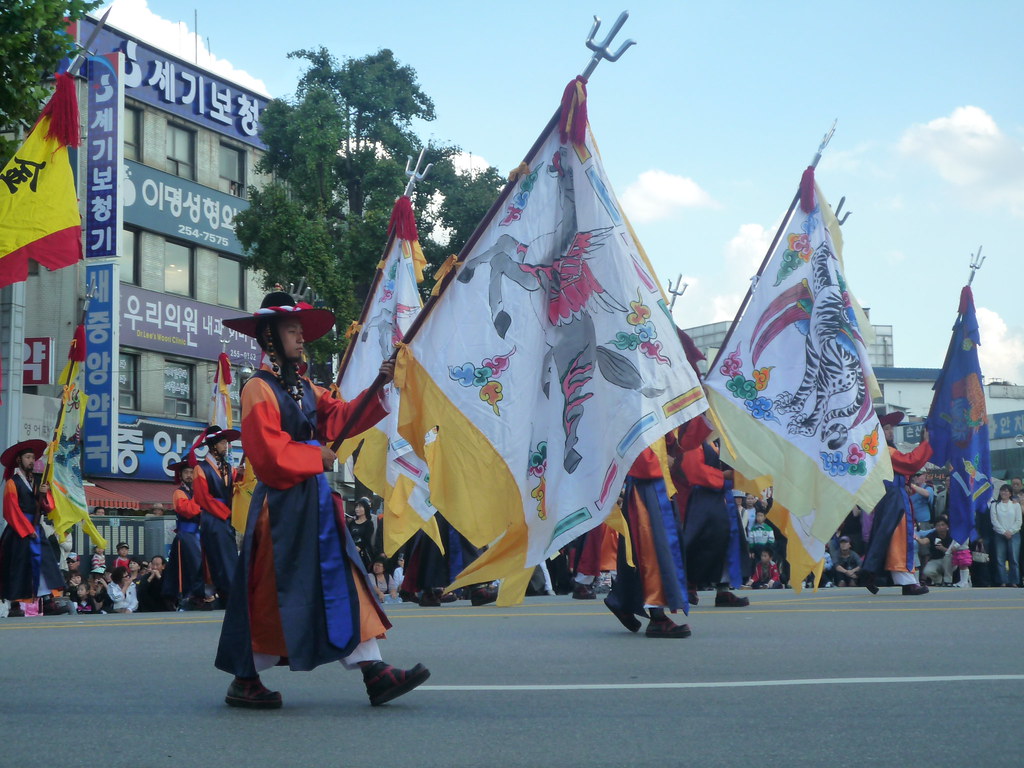
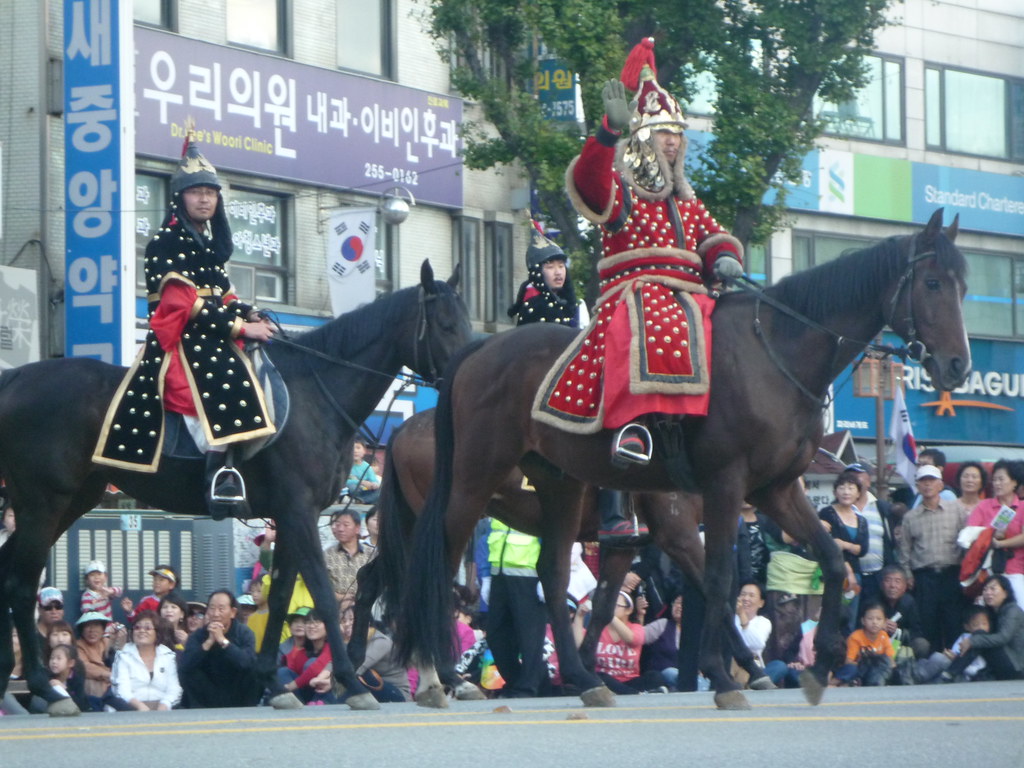
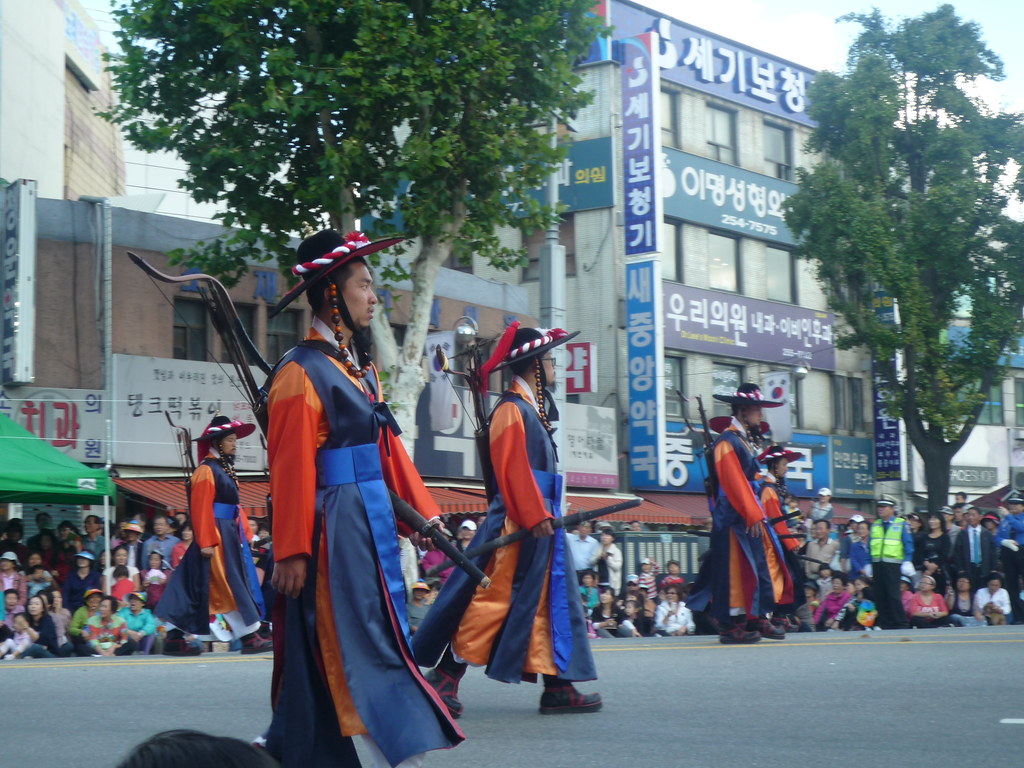
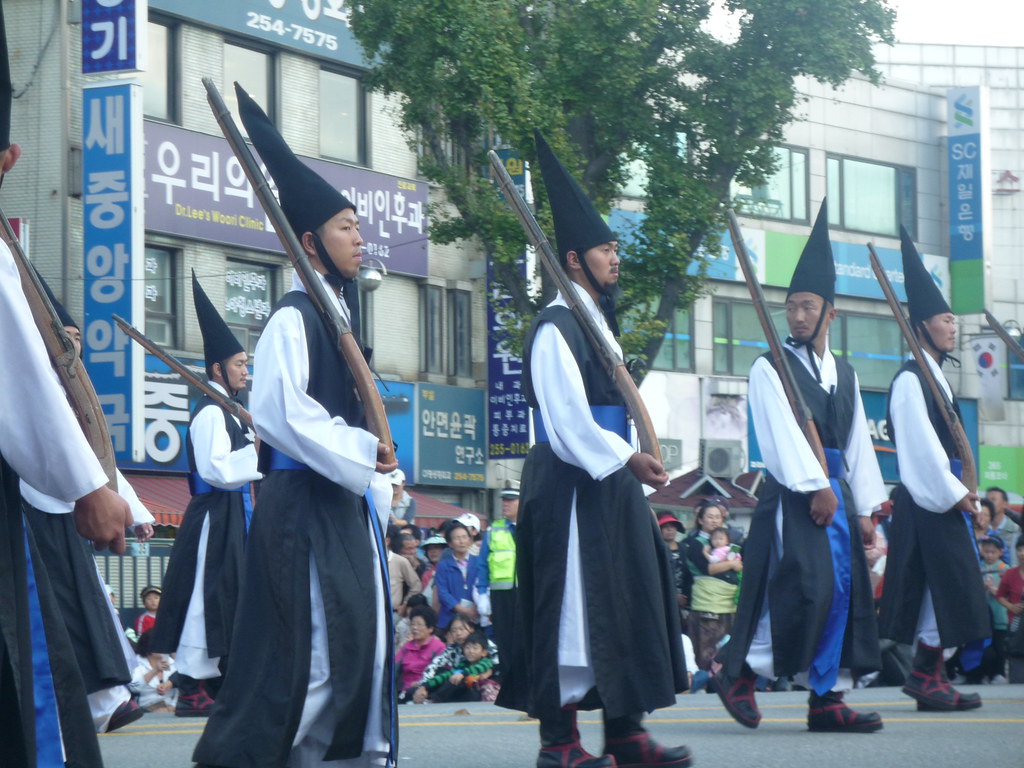
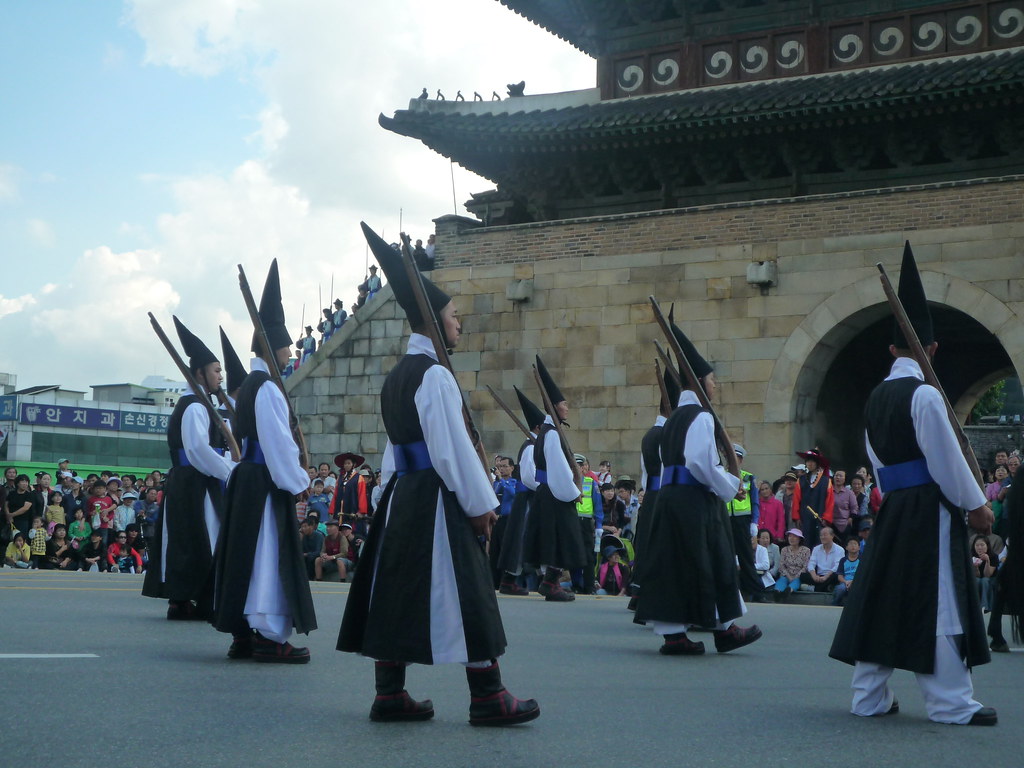
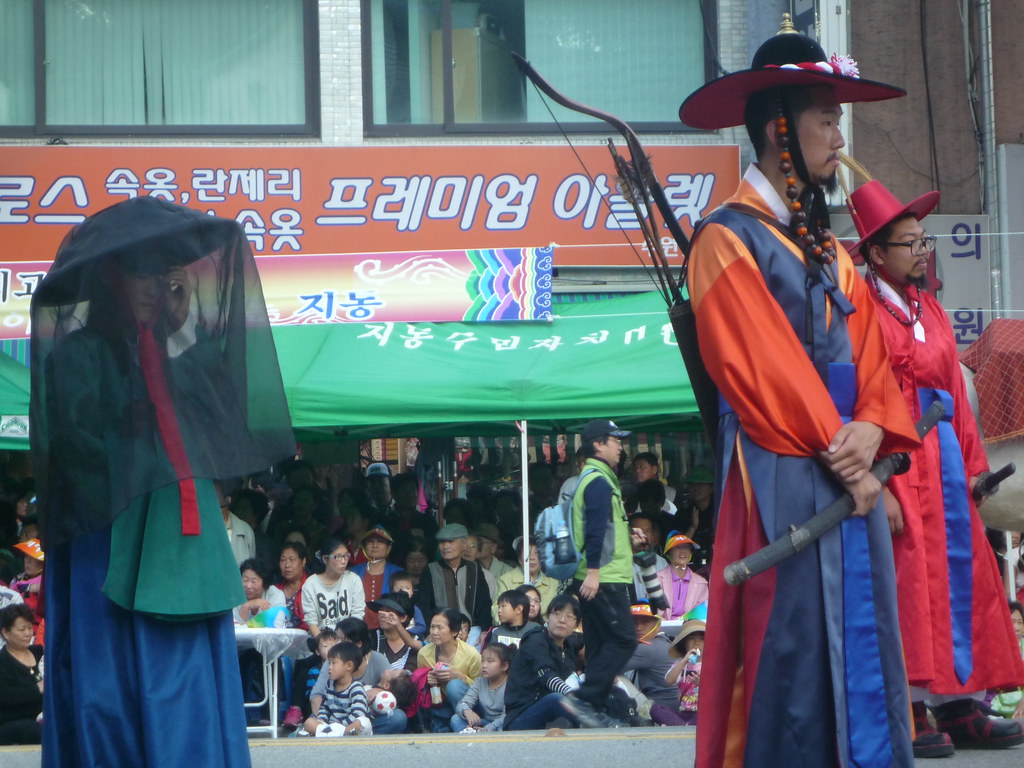
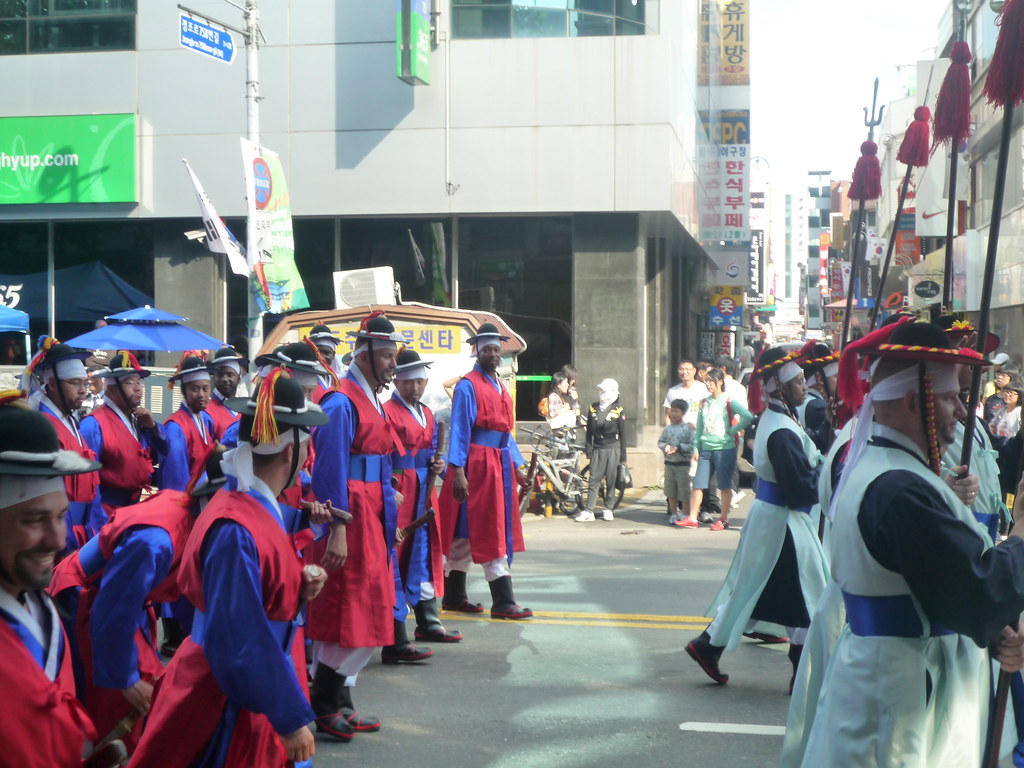

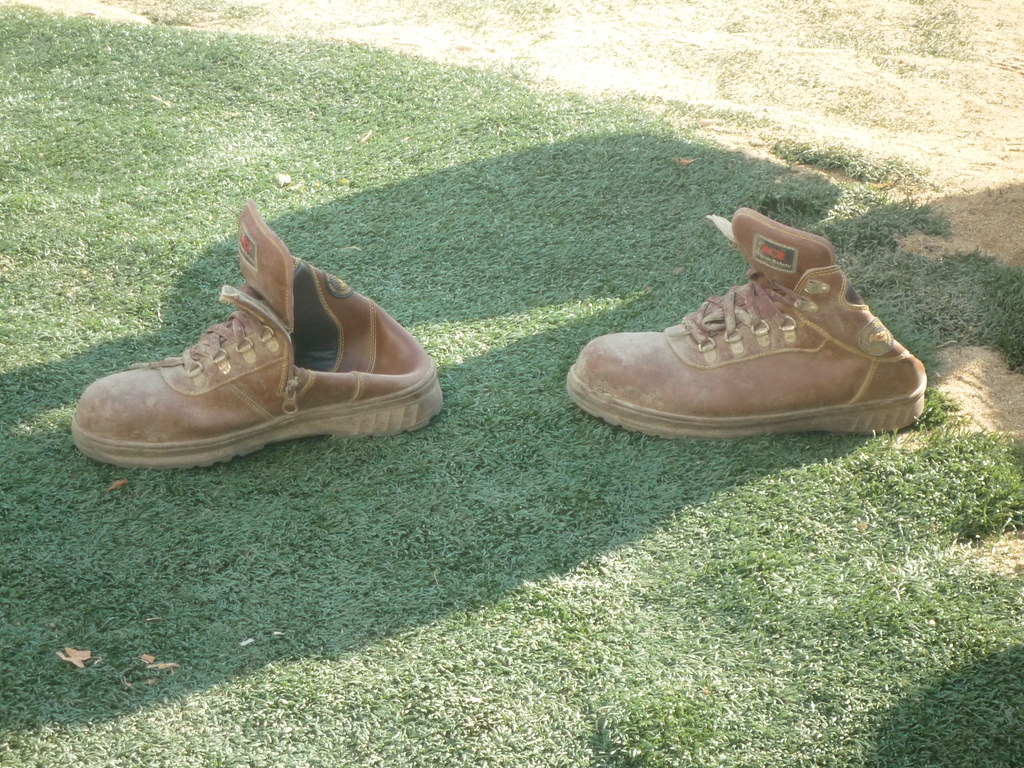
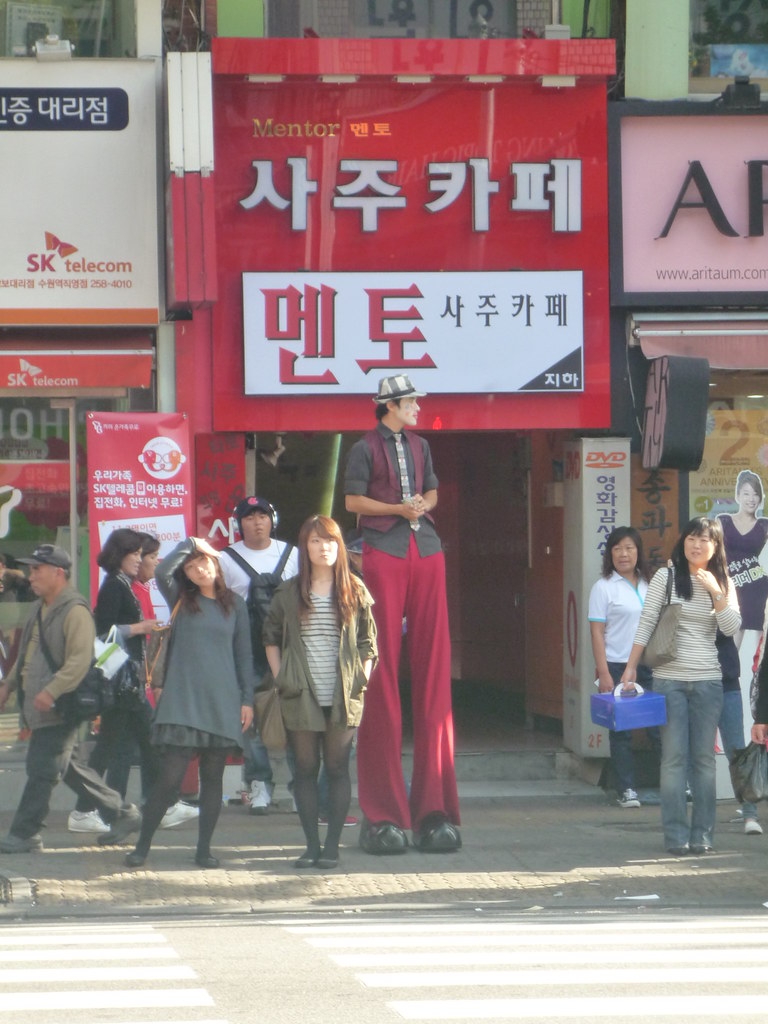

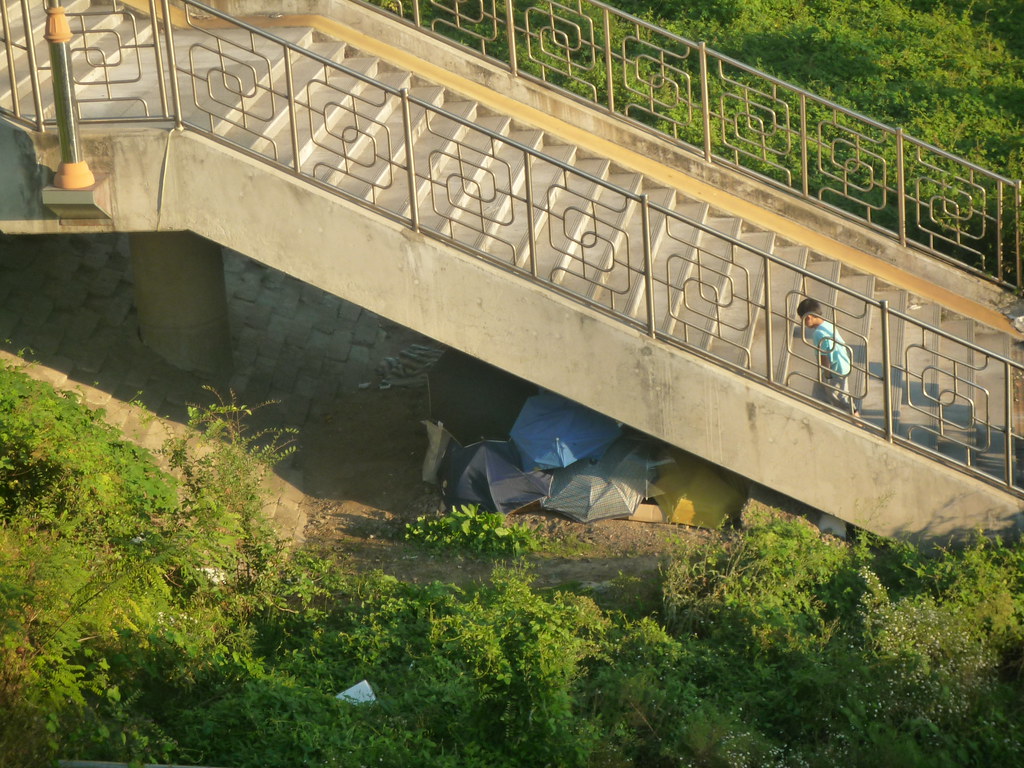
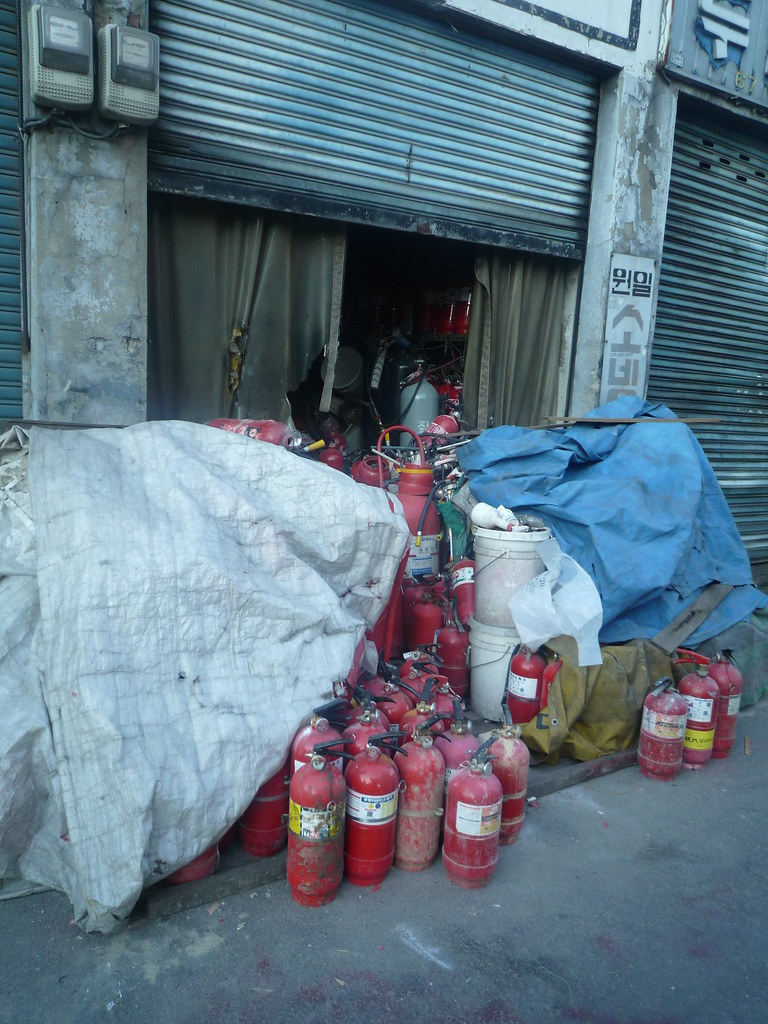
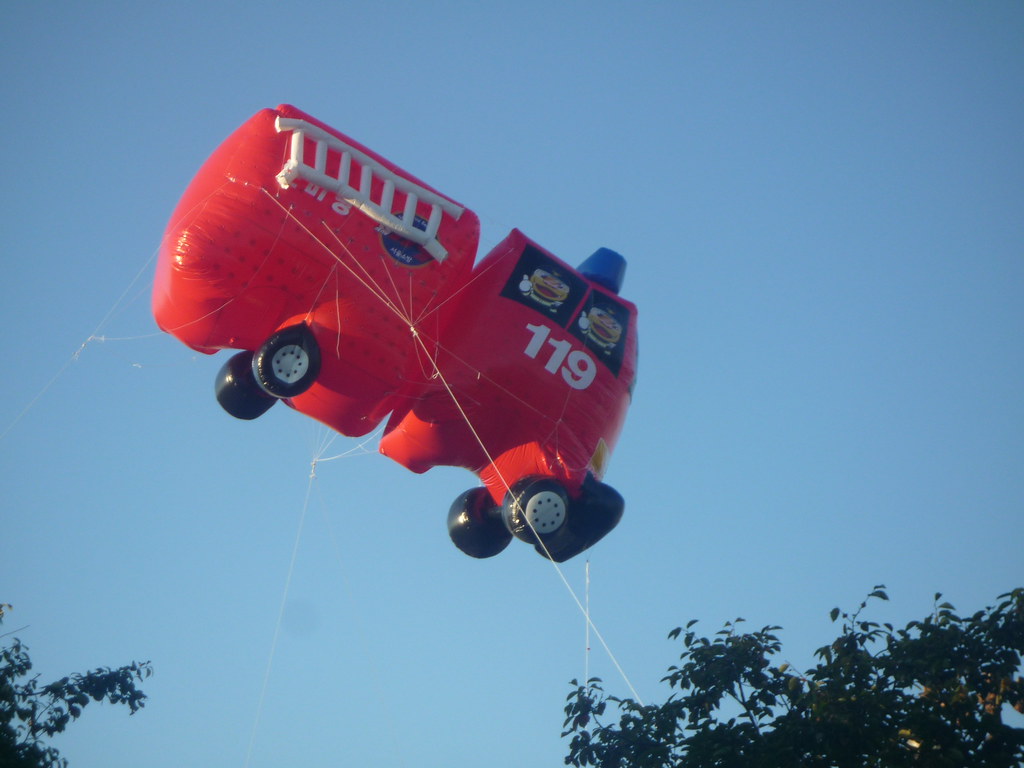
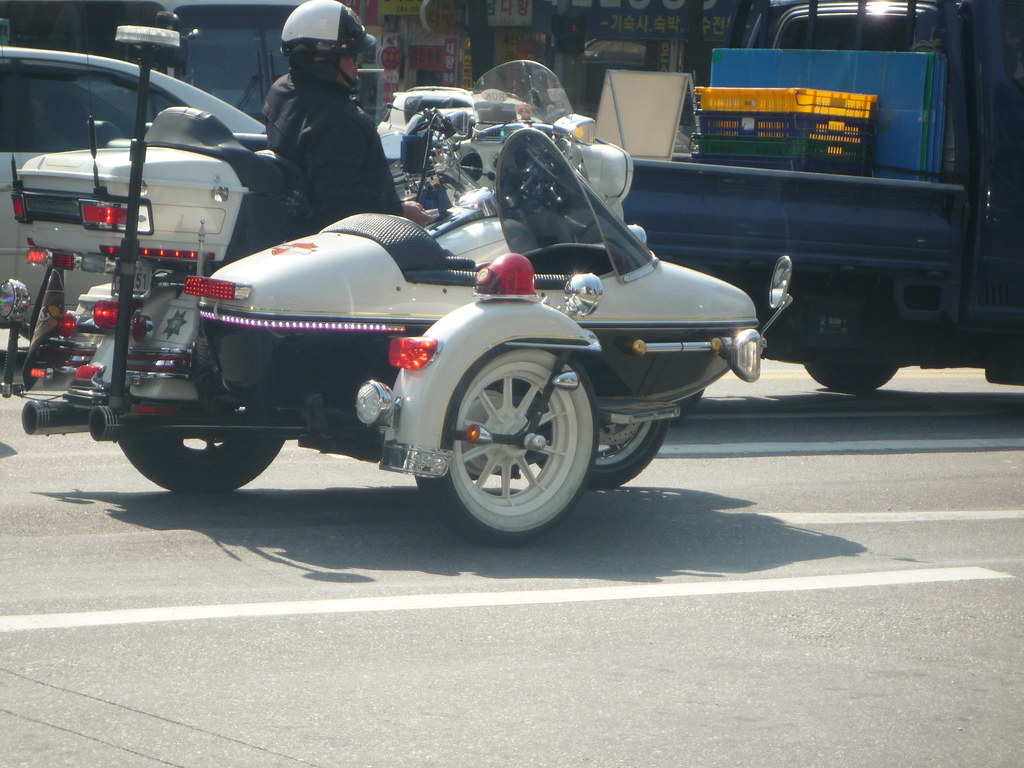
0 comments:
Post a Comment